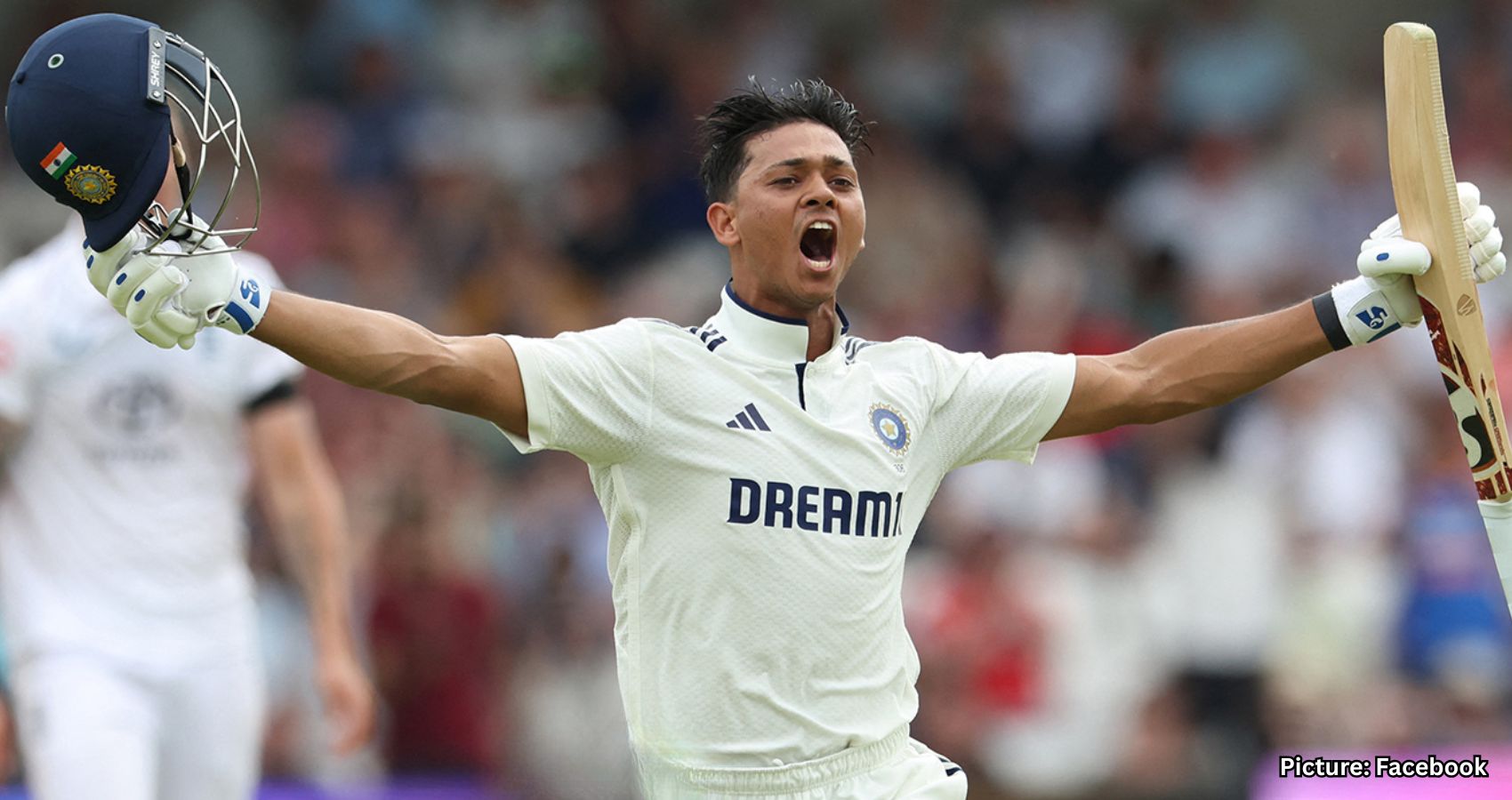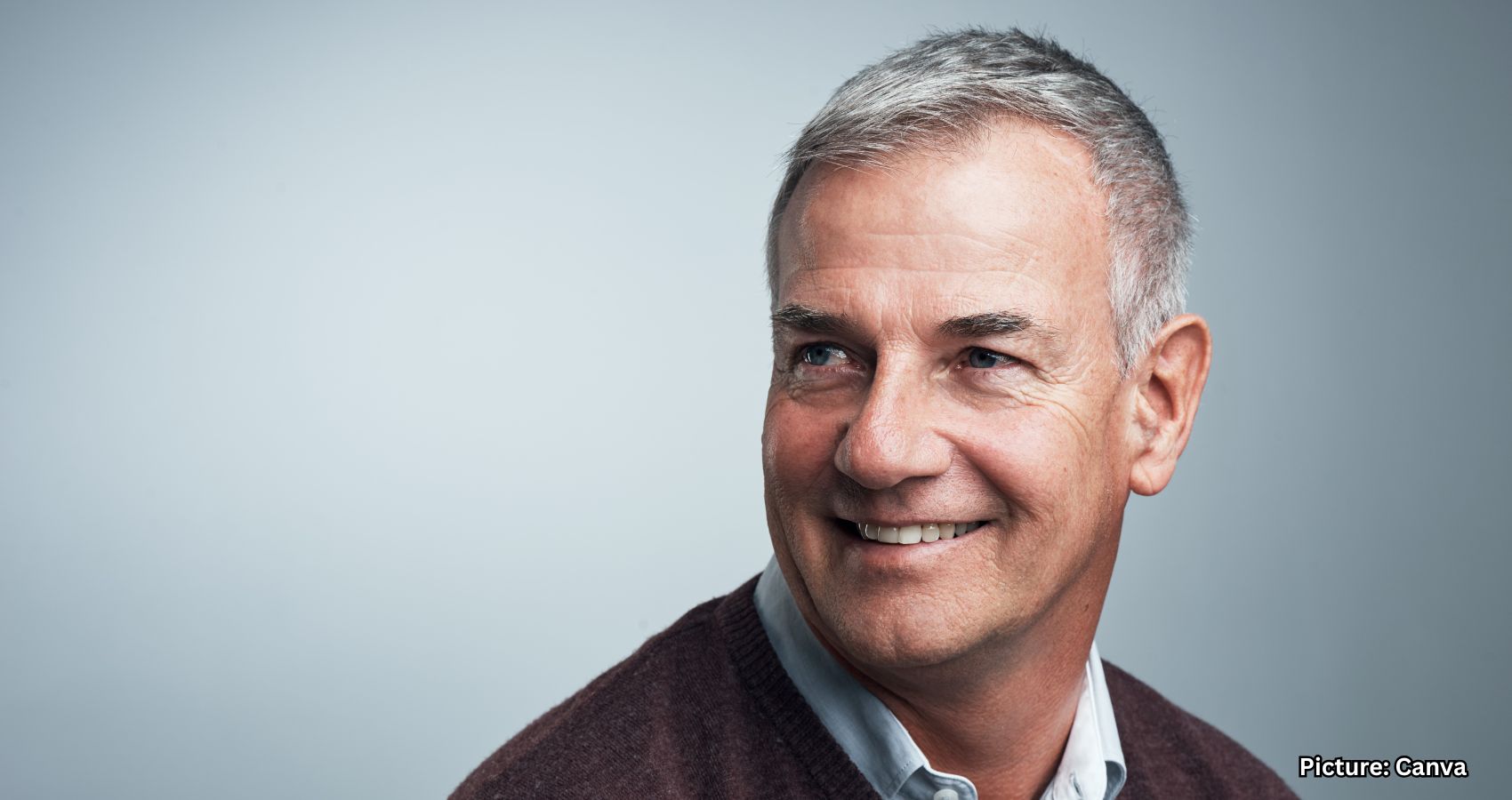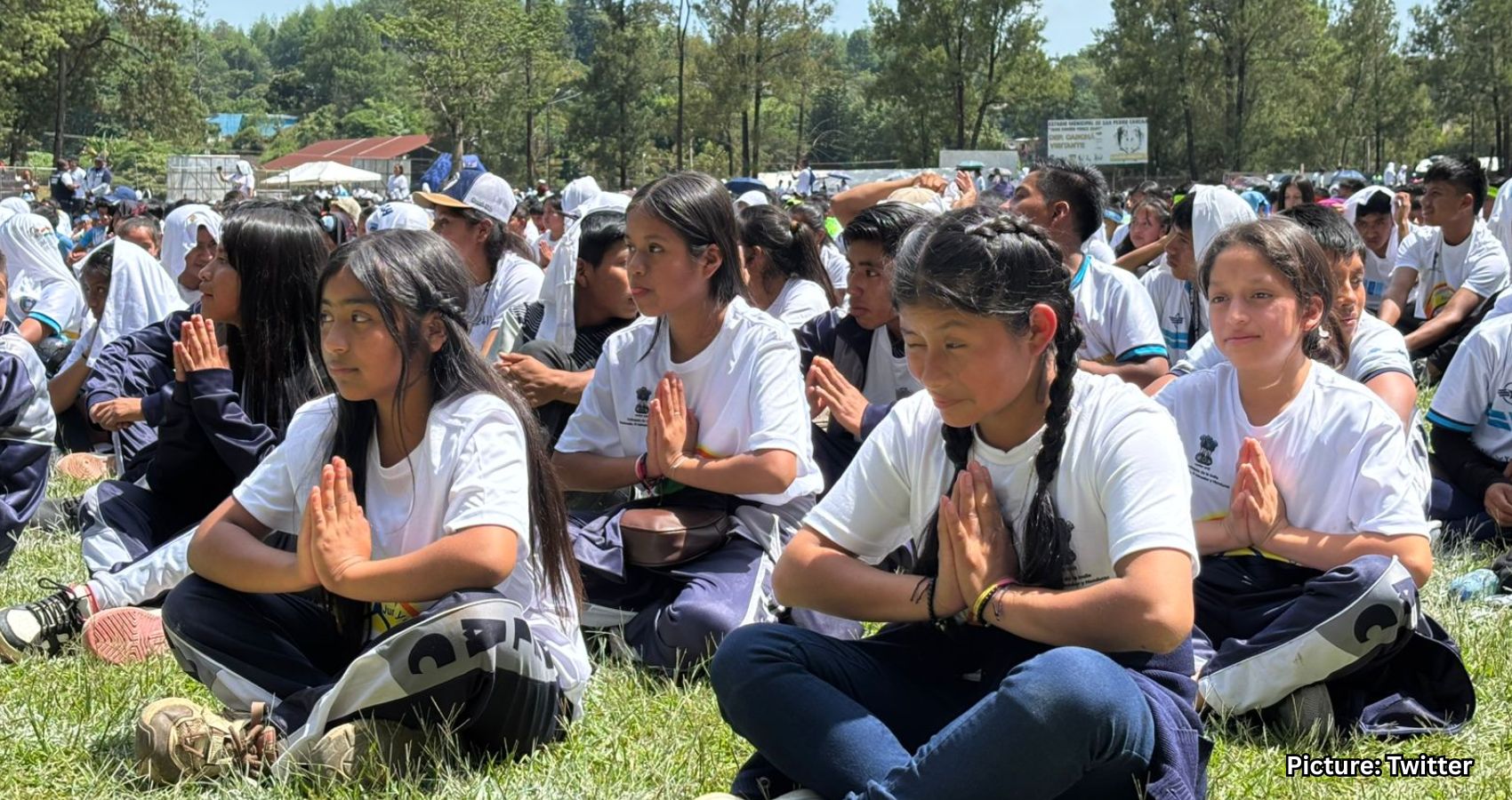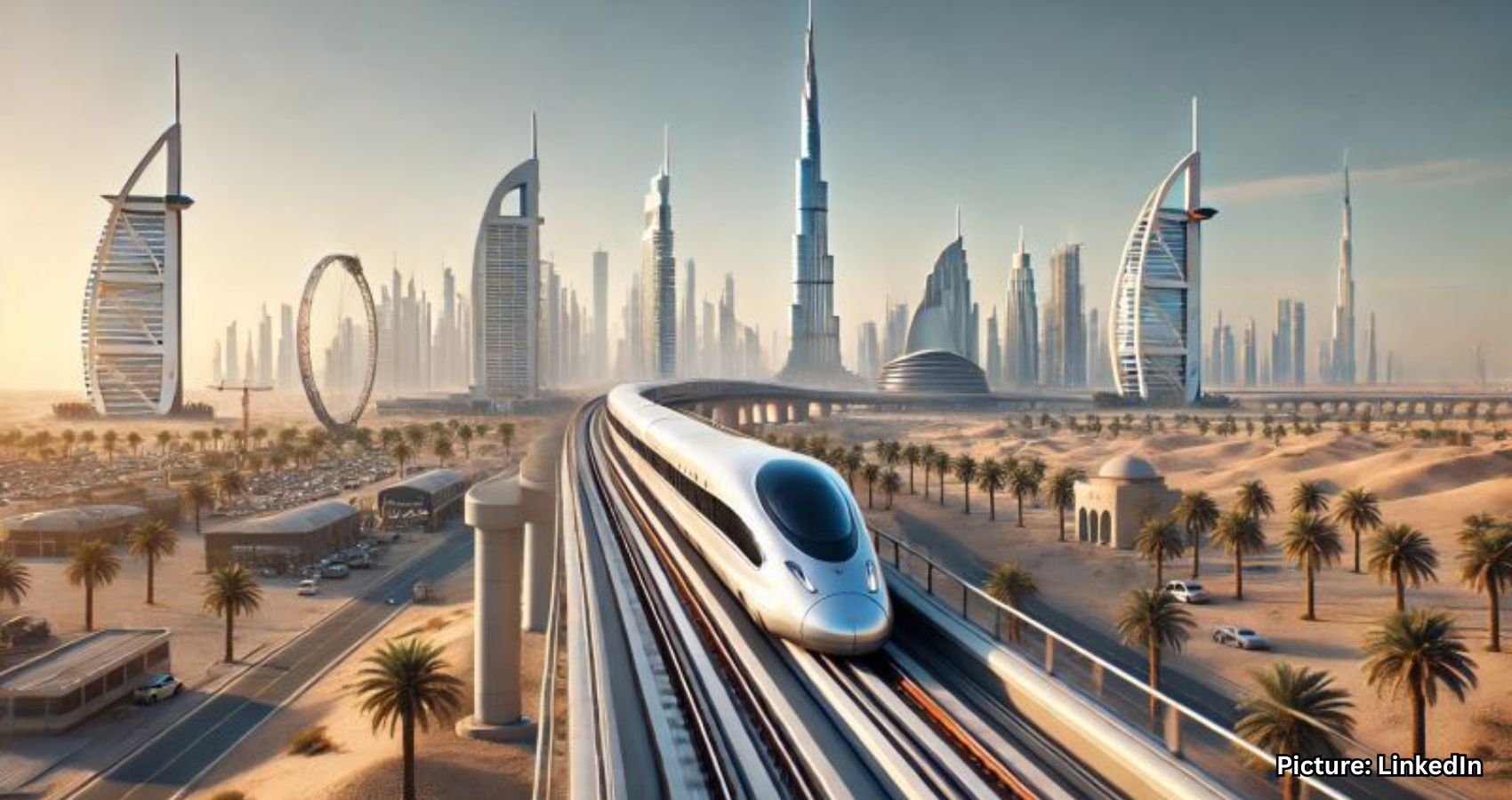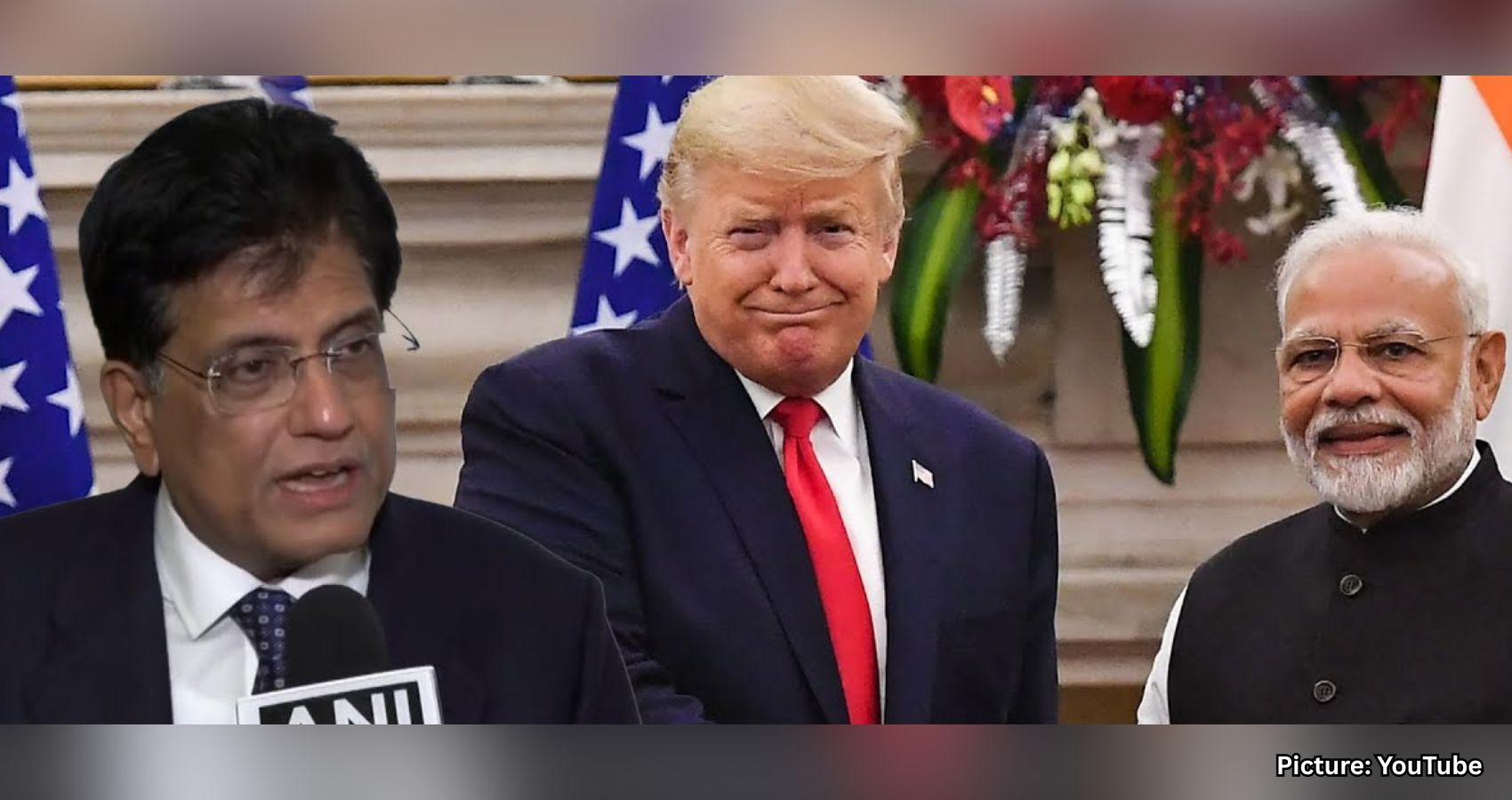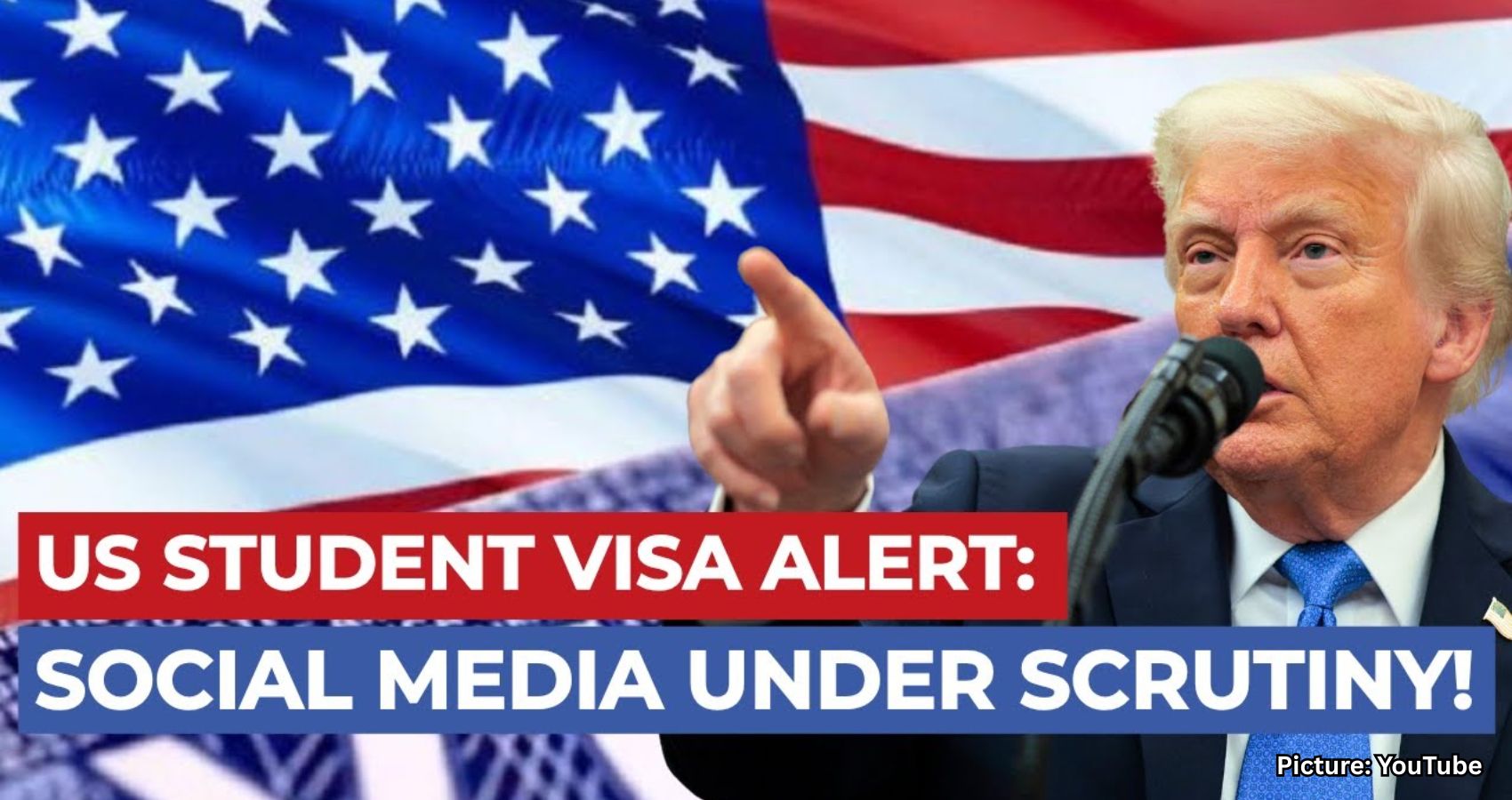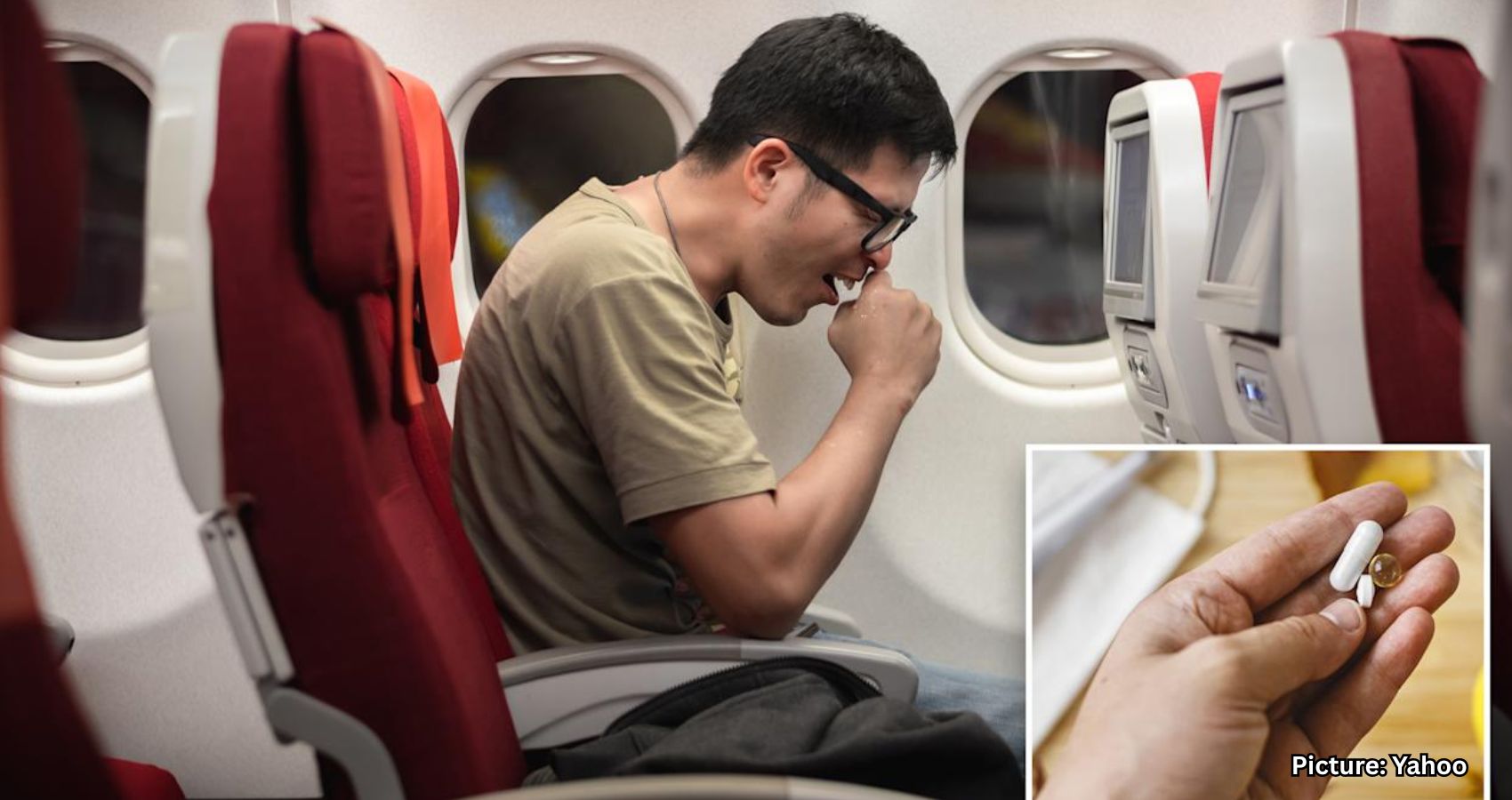Ambassador Binaya S. Pradhan among the notable speakers at this Inaugural event celebrating International Yoga Day and Summer Solstice.

New York, NY – On Saturday, June 21, 2025, nearly 5,000 participants gathered in the heart of Central Park for UPLIFTNY25, a powerful and inspiring day filled with yoga, meditation, music, and holistic healing. Marking both International Yoga Day and Summer Solstice, the full-day event was presented by The Giving Back Foundation in collaboration with The Mayor’s Office of Sports, Wellness and Recreation and the Indian Consulate in New York.
Attendees of all ages participated in a diverse lineup of activities designed to promote mental well- being, spiritual growth, and community connection.
“UpliftNY25 was a powerful reminder that when we come together in the spirit of service and unity, we create real and lasting change ” noted Meera Gandhi, Founder of The Giving Back Foundation.
“I am deeply moved by the compassion and commitment shown by everyone involved. This is how we build a better world—one act of kindness, one heart at a time. The energy was radiant, and the impact will ripple far beyond this moment.”
“As we gather in the spirit of mindfulness and shared purpose, may this celebration encourage us all to embrace yoga’s values in our daily lives—for personal well-being and for a more sustainable and compassionate world,” said Ambassador Binaya S. Pradhan, Consul General for India in New York in his inaugural speech welcoming guests to the event. Throughout the day, attendees engaged in a wide range of wellness activities let by renowned practitioners and performers including:
Yoga and meditation sessions with Inga Benson, Madame Gandhi, and Tirlok Malik
Aura chakra healing led by Miriam Belov
Astrological predictions with celebrity astrologer Darryl Gaines
Spiritual guidance on managing anxiety and stress with by Bhushan Deodhar of Sri Sri Ravi Shankar’s, Art of Living
Live music and DJ sets by Madame Gandhi and DJ Rekha
A high-energy closing dance session led by Daybreaker
In a special moment, several audience members had the opportunity to ask questions of spiritual leader Bushan Deodhar, including a young girl from local organization Global Girls Glow, who asked about strategies for overcoming stress and anxiety.
Participants were also treated to morning tea sponsored by Organic India, a complimentary vegetarian lunch, and beverages from Smartwater and The Hemp Division of Harney & Sons, which offered samples of their Sparkling Elixirs.
About The Giving Back Foundation:
The Giving Back Foundation is a nonprofit organization committed to promoting mental wellness, community engagement, and holistic well-being. Through various programs and events, the foundation
fosters connection, healing, and personal growth, working to create lasting positive change in the lives of individuals and communities. Its aim is to act as a catalyst in creating a new generation of leaders and thinkers from communities around the world. The Foundation supports charities with strong women leadership programs and workshops – including the Cherie Blair Foundation for Women, and the Eleanor Roosevelt Leadership Center – and also acts as a platform for positive dialogue and debate among young people to help promote positive social change.
Learn more at thegivingbackfoundation.net .
About Meera Gandhi
Meera Teresa Gandhi is the daughter of an Indian admiral and an Irish mother, raised in India and later educated in the UK, Ireland, and Canada. Her lifelong commitment to service began at 16, when she volunteered at Ashadaan, a Missionaries of Charity shelter, where she met and worked with Mother Teresa for over two years — a transformative encounter that sparked her dedication to giving back.
 She continued community service throughout her education and early career, and in 2009, co-founded The Giving Back Foundation®, which she leads as CEO. The foundation supports global initiatives focused on education, mental wellness, and social empowerment, with 100% of proceeds from its products funding charitable programs.
She continued community service throughout her education and early career, and in 2009, co-founded The Giving Back Foundation®, which she leads as CEO. The foundation supports global initiatives focused on education, mental wellness, and social empowerment, with 100% of proceeds from its products funding charitable programs.
Now based between New York, London, Hong Kong, Mumbai, and Dubai, Meera Gandhi continues to champion compassion and service as essential forces for global change. Learn more at meeragandhi.com.
About Ambassador Binaya Srikanta Pradhan, Consul General of India, New York:
Amb. Binaya Srikanta Pradhan is a career diplomat of the 2002 batch of the Indian Foreign Service. He speaks English, Russian, Hindi, and Odiya languages. His diplomatic career includes senior roles in Indian Embassies in Moscow, Turkmenistan, and Pakistan from 2004 to 2012. During 2012-14, he managed India’s relations with Afghanistan and Iran at the Ministry of External Affairs, New Delhi.
From 2014 to 2019, Amb. Pradhan served as the Chief of Staff to the Minister of Petroleum & Natural Gas, Government of India. His international engagements extended to being the Deputy Chief of Mission in the Embassy of India, Moscow, from June 2019 to July 2021.
Prior to his current role as Consul General of India, New York, he held the position of High Commissioner of India to Tanzania and Permanent Representative to the East African Community (EAC) from August 2021 to January 2024. During this period, the India-Tanzania relationship was elevated to a ‘Strategic Partnership,’ and the first overseas campus of the prestigious Indian Institute of Technology (IIT) Madras in Zanzibar, Tanzania, was set up. Amb. Pradhan demonstrates a keen interest in economic and energy diplomacy.
ABOUT THE PERFORMERS:

Madame Gandhi
Kiran Gandhi, professionally known as Madame Gandhi, is an American electronic music producer, drummer, artist, and activist celebrated for her uplifting, percussive electronic music and advocacy for gender liberation and personal empowerment.
Gandhi’s musical journey includes touring as a drummer for renowned artists such as M.I.A., Thievery Corporation, and Kehlani. In 2015, she gained international recognition after running the London Marathon while free-bleeding to challenge menstrual stigma, sparking a global conversation about menstruation taboos.
Beyond her performances, Gandhi is a sought-after speaker, delivering talks at prestigious platforms like TED, where she was honored as a TED Fellow. Her accolades include being named in Forbes’ 30 Under 30 in Music and BBC’s 100 Women.
In 2022, while pursuing a Master’s at Stanford University, Gandhi traveled to Antarctica to record the sounds of melting glaciers, aiming to raise awareness about climate change. These recordings are featured in her song “In Purpose,” where, for the first time, nature is credited as an artist to receive a portion of streaming royalties, as part of Earth Percent’s Sounds Right initiative. In June 2023, she was awarded the Songwriters Hall of Fame Abe Olman Prize for excellence in songwriting and leadership. Her music video “Waiting For Me” won the Jury Award at SXSW.
Currently, Madame Gandhi is preparing for the release of her next album, “Let Me Be Water, ” in collaboration with the gender-positive music non-profit We Make Noise, scheduled for May 2025.
Madame Gandhi continues to travel globally, speaking, DJing, and performing. Her DJ sets incorporate diverse percussive influences, ranging from Bhangra and Afro house to Reggaeton, all while she MCs and plays live drums. Her mission remains to use her music and voice as mediums for messages about personal expression, sustainability, and thriving.
Bhushan Deodhar
Bhushan Deodhar is the Chief of Staff to Gurudev Sri Sri Ravi Shankar, leading global initiatives for The Art of Living Foundation. A meditation and leadership expert, he has trained executives at the World Bank, United Nations, and MIT Sloan. As a strategist, he facilitates high-level engagements with world leaders, promoting peace and well-being worldwide. He serves as CEO of Shankara Naturals and Director of Sri Sri Tattva, bridging mindfulness with entrepreneurship. With two decades of experience in diplomacy, business, and humanitarian efforts, he is a catalyst for transformational leadership. Bhushan is dedicated to Gurudev’s vision of a stress-free, violence-free world—one breath at a time.
Miriam Belov
Miriam is a best selling author, healing intuitive and a pioneering expert with 50 years of work in the field. As she guides you in this inner journey, you will explore your chakra system, how it relates to integral health and then allow it to empower you in your true being.
Clarifying your passion and purpose – with authenticity and gratitude – past life wisdoms help you to manifest your heart’s aspiration in this life/here and now. Collaborating with nature, stand in your sovereign power and serve.
Tirlok Milik
Tirlok Malik is an Emmy-nominated filmmaker, restaurateur, entrepreneur, and passionate advocate for Ayurveda and wellness. He is known for his significant contributions to cinema in Hollywood and Bollywood and has pioneered the immigrant experience in America through films like Lonely in America and Khushiyaan. His work has garnered numerous awards and accolades for showcasing cultural connections and human stories that resonate globally.
Malik is based in New York but works worldwide. Beyond filmmaking, Tirlok actively promotes Ayurveda as a philosophy of holistic living and balance through “Happy Life Yoga” (No mats needed, it’s the yoga of life), sharing its timeless wisdom with diverse audiences. As an entrepreneur, he has successfully merged his creative vision with business ventures, including managing acclaimed restaurants and spearheading community initiatives.
Inga Benson
Inga Benson has taught and practiced Yoga for over 25 years. She believes in the power of movement as a vehicle for learning how to live with oneself and others. Self awareness without judgement nurtures curiosity and compassion. She is a C-IAYT yoga therapist, a board certified dance/movement therapist and is licensed in New York as a Creative Arts Therapist.
Darryl Gaines
For over two decades, Darryl has been a trusted guide, offering profound astrological insights to help individuals understand the ever-evolving story of their lives. With a deep well of wisdom, he brings clarity to life’s complexities—whether in health, relationships, career, ancestral connections, or personal purpose.
His readings explore a person’s innate gifts, life path, and present moment, while offering grounded strategies to navigate the unknown. With this insight, clients often move forward with greater confidence, clarity, and a deeper sense of agency.
Darryl’s work has earned international recognition, with features in New York Magazine, Los Angeles Times, and Entertainment Weekly, and appearances on the BBC, MSNBC, The Sally Kirkland Show, ExtraTV, and Access Hollywood.
He is honored to support a diverse community of clients, including celebrated artists across film, television, music, and the arts—many of whom speak of his steady support and transformative guidance.
DJ Rekha
DJ Rekha (born Rekha Malhotra) is a producer, curator, educator, and founder of Basement Bhangra, one of NYC’s longest-running club nights. A SummerStage mainstay, DJ Rekha’s musical repertoire is rooted in South Asian music and includes all styles of international and contemporary dance music. They have performed for President Obama, Priyanka and Nick Jonas, have shared the stage with Madonna, Cher, Abida Parveen, M.I.A, John Legend and more in venues across the world. DJ Rekha has produced music for Broadway, films and television, including the opening theme (with Raj Makhija and David Sharma) on Padma Lakshmi’s Hulu show “Taste the Nation.
”An inducteé into the New York City People’s Hall of Fame and Grand Marshal for the New York City Dance Parade, DJ Rekha has curated concerts for diverse multi-generational audiences for Lincoln Center, Central Park Summerstage and more, and has provided their musical expertise to Spotify, DJ City and WNYC public radio.
Daybreaker
Daybreaker is the original early-morning dance and “coffee party” — a joyful rebellion against booze-filled
nightlife culture that sparked a global movement. Founded in 2013 in New York City by Radha Agrawal with partners Eli Clark-Davis and Timothy Patch, Daybreaker flips the script by trading late nights and substances for sunrise coffee socials, yoga and full send dance floors — all built around joy, mischief, and human connection.
Twelve years and 1,000 events later, Daybreaker spans 60+ cities across all seven continents, creating multigenerational, multi-ethnic communities rooted in wellness, belonging, and radical self-expression. The movement has danced everywhere from the White House to the Sydney Opera House — and now SummerStage at Central Park — and opened every stop of Oprah’s last sold out stadium tour, proving that dance is one of the most powerful tools for mental health and collective joy.
In 2022, Daybreaker launched its sister nonprofit, Belong Center, to end loneliness and build a culture of belonging for people and the planet — extending its mission into communities IRL coast to coast. Belong Center is now in 25 states across the US hosting Belong Circles in person every month, and just launched the nation’s first National Social Connection Corps to empower citizens to do RASCALS (Random Acts of Social Connection And Love) to make their communities more socially connected.
More than a party, Daybreaker is a lifestyle — a daily reminder that the most radical thing people can do is wake up, dance, and belong.
Learn more at www.daybreaker.com and www.belongcenter.org.
Media Contact: Karen Rosenberg
karen@empireeventsgroup.com
212-625-1025


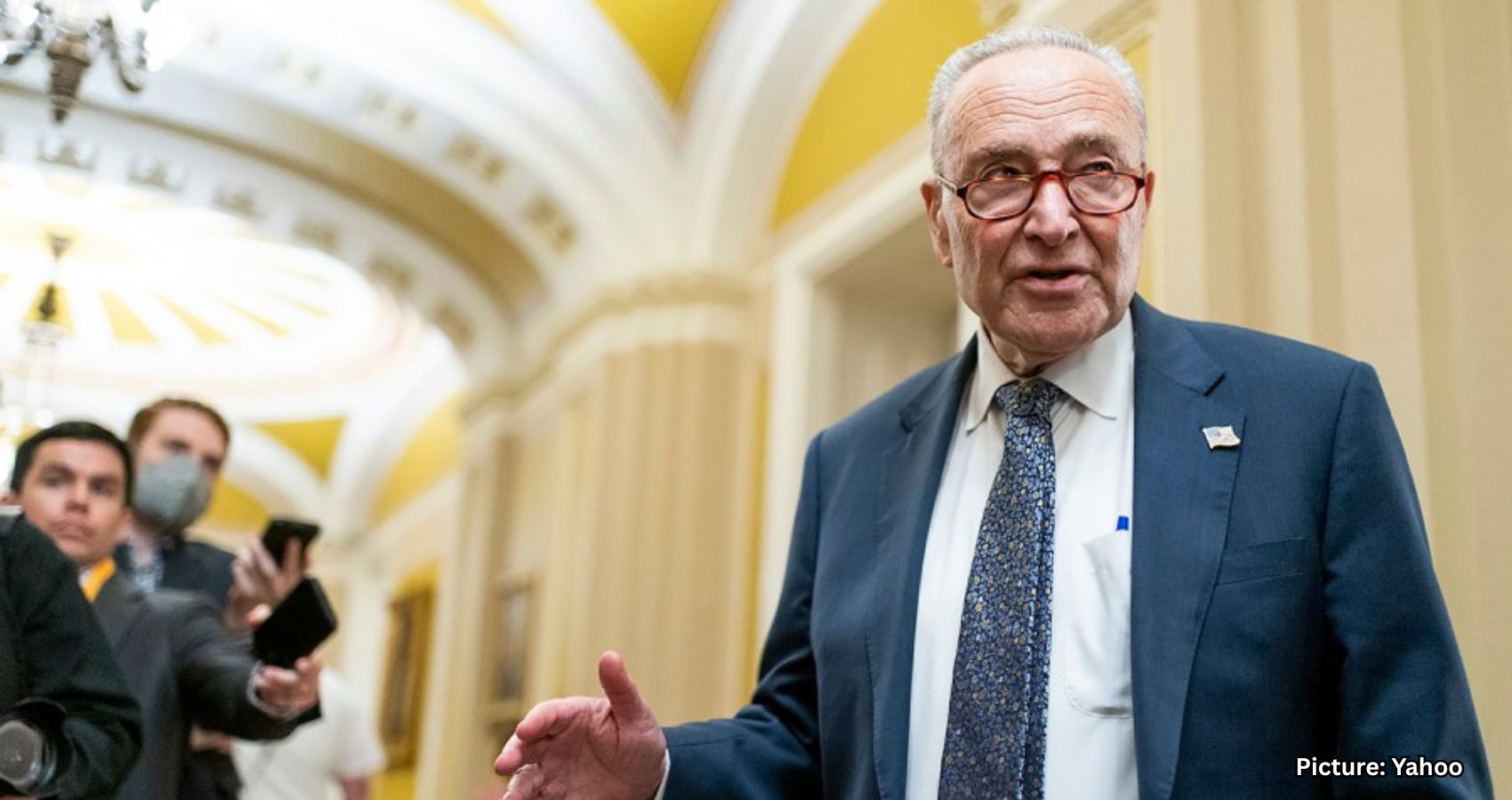
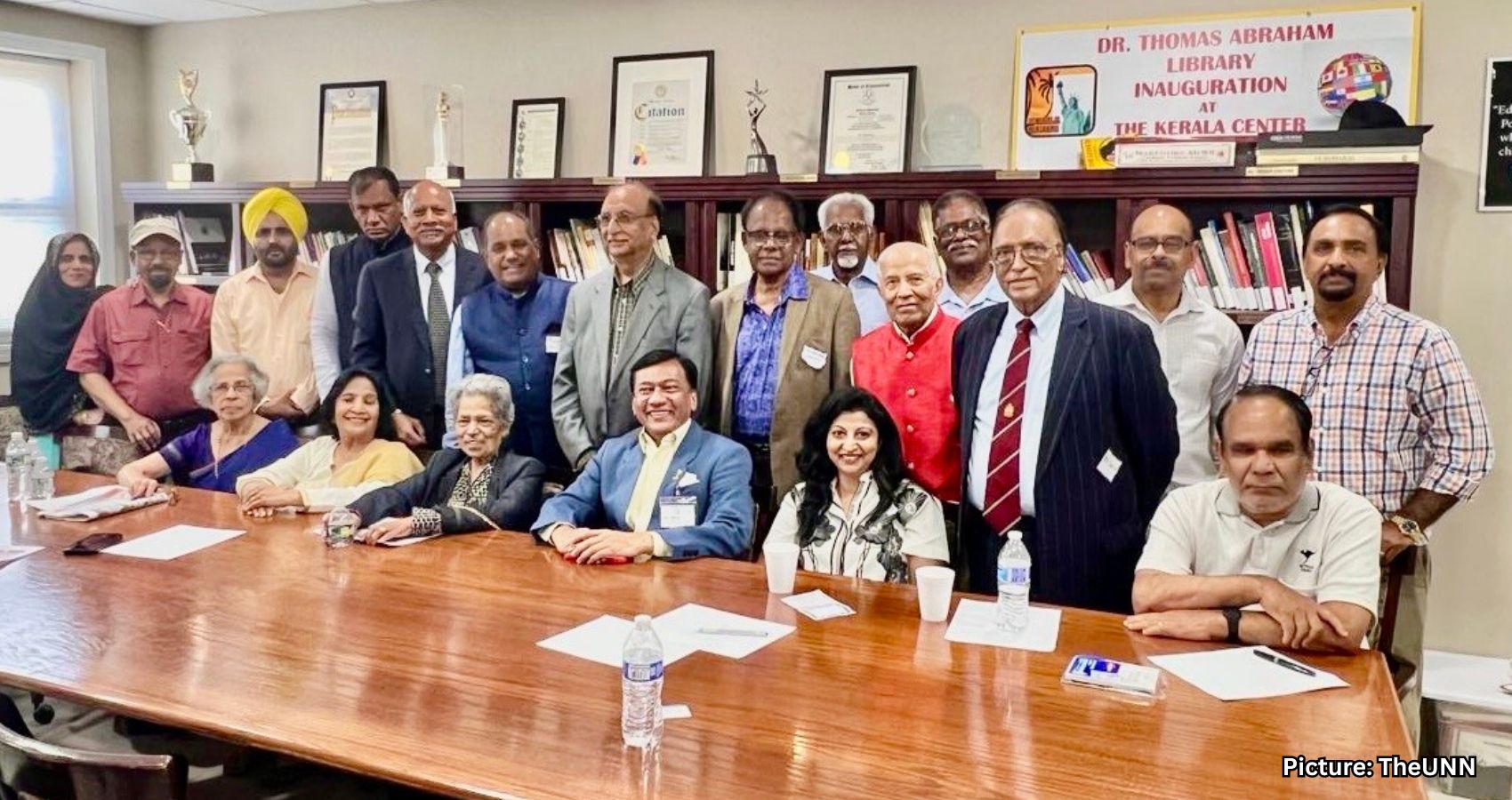
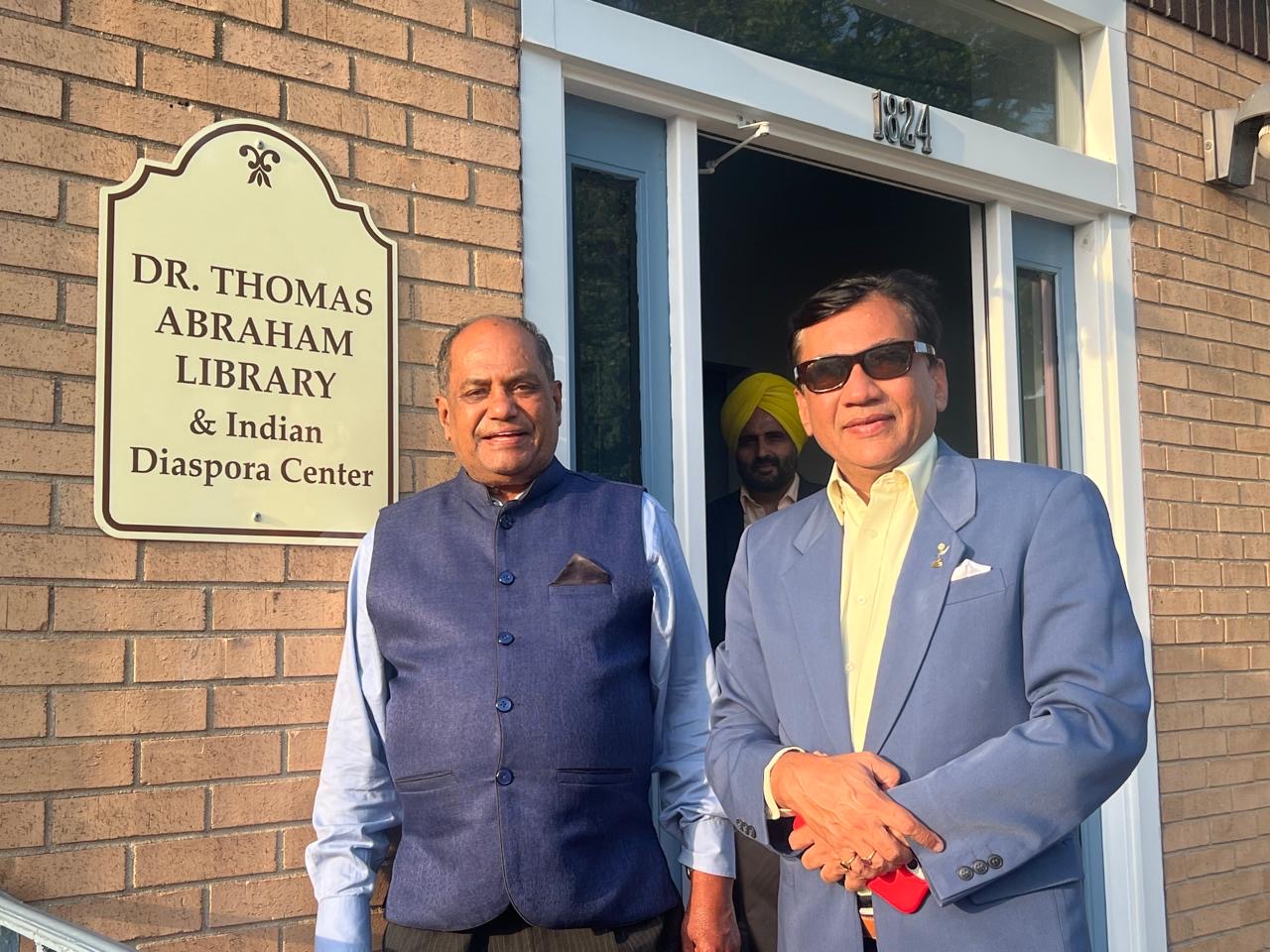
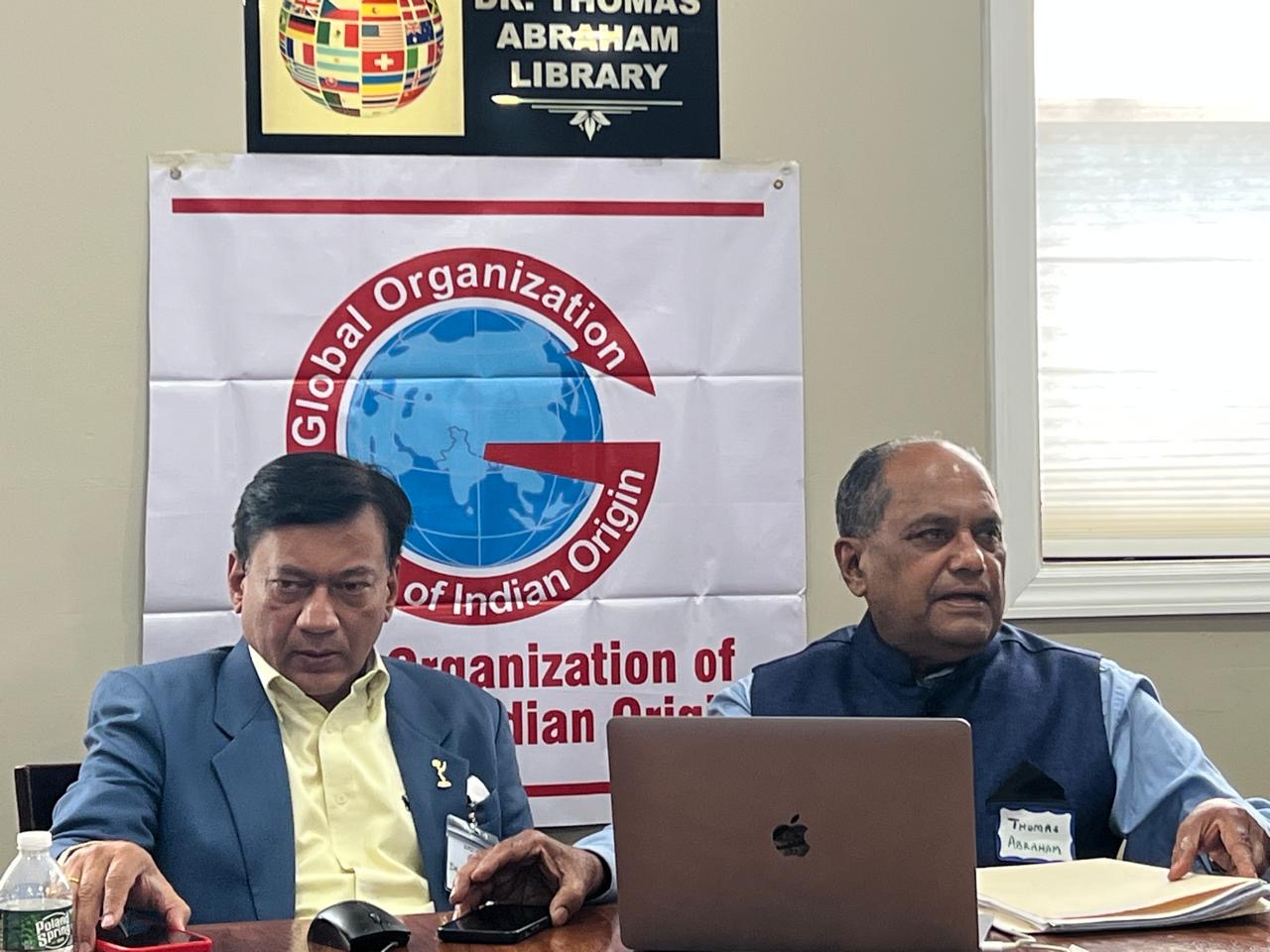
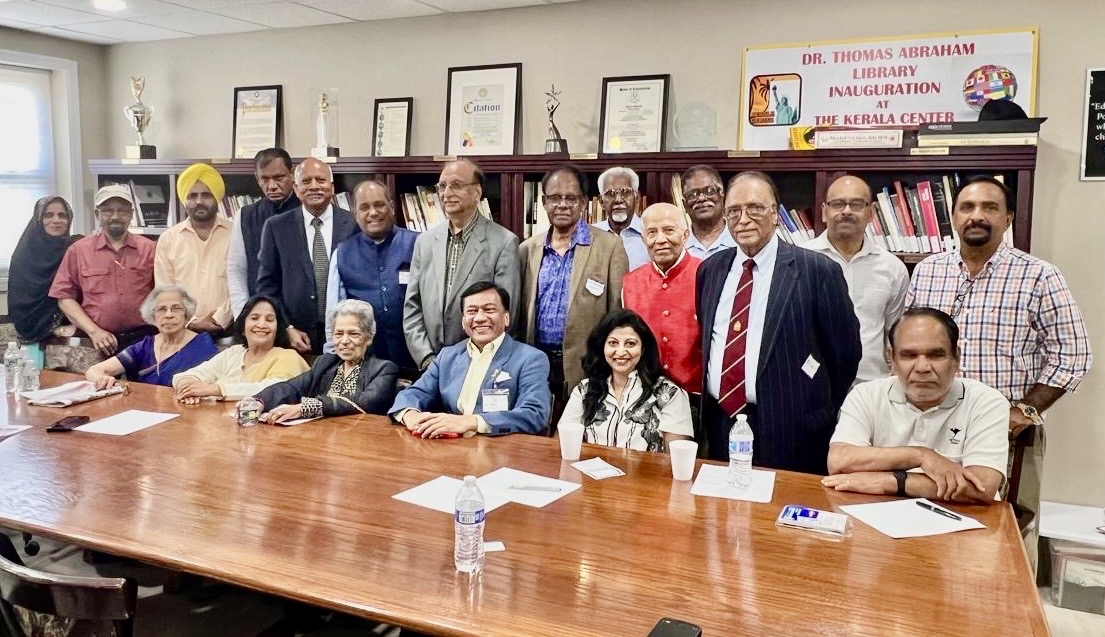
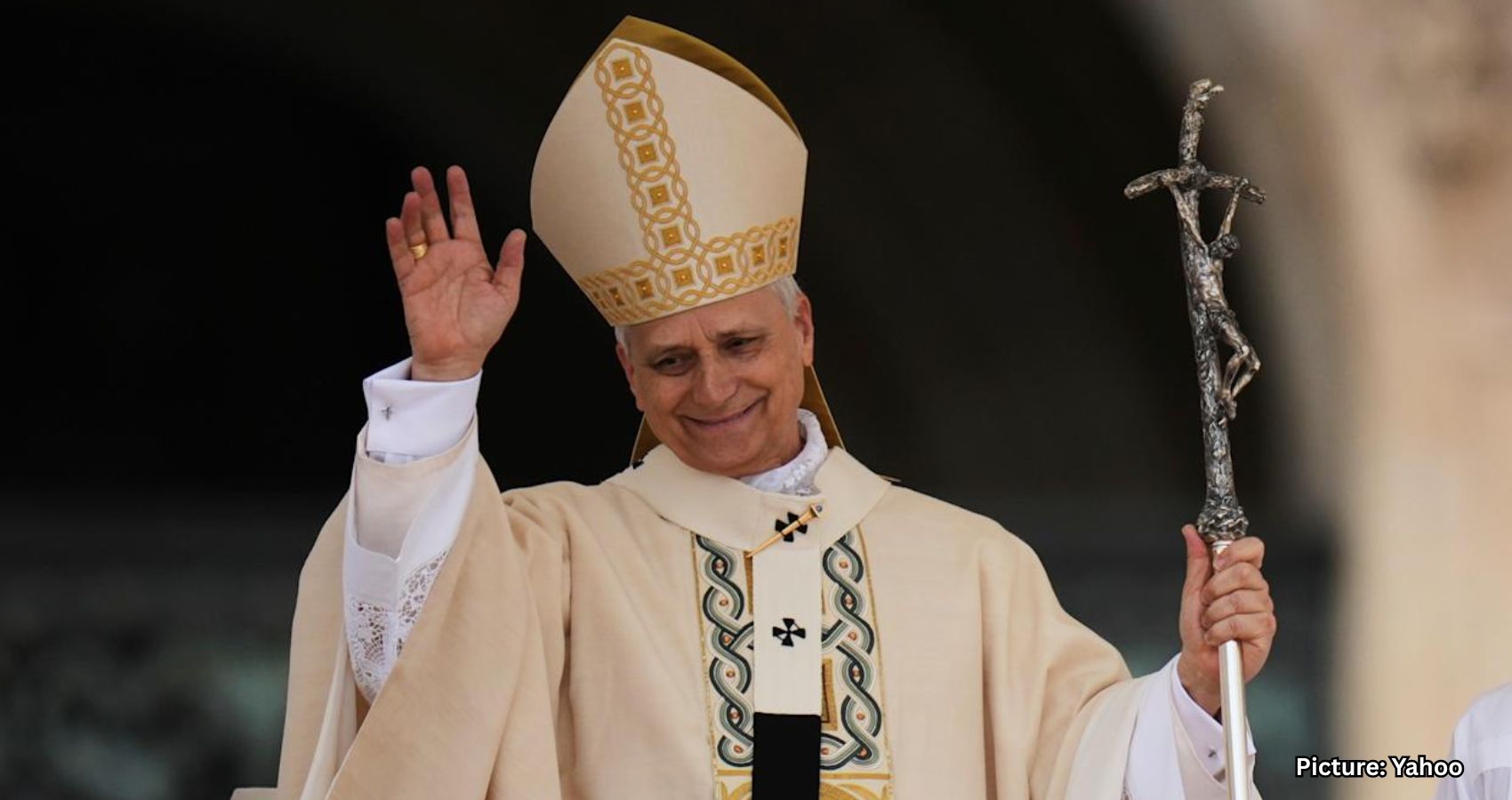
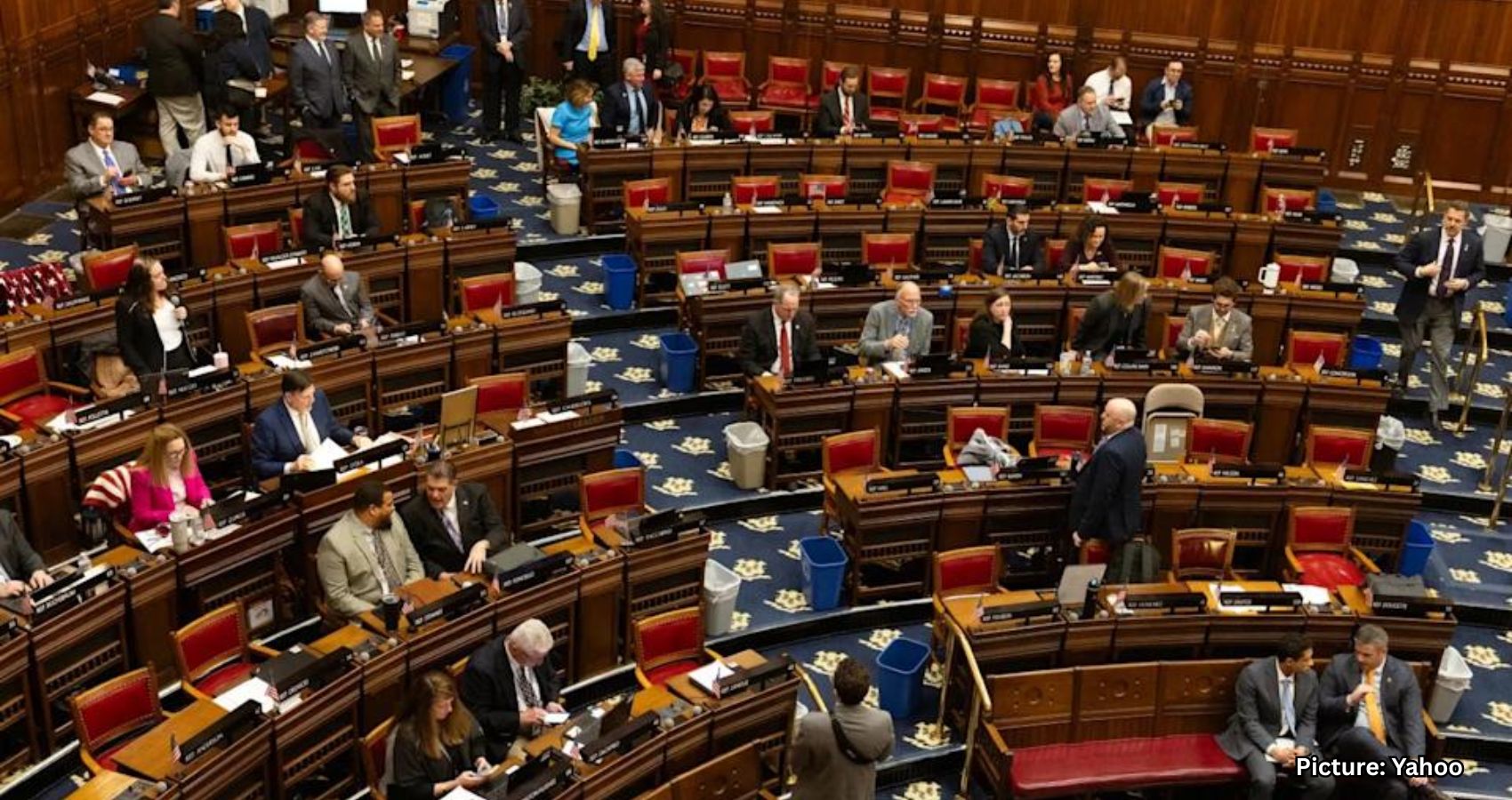
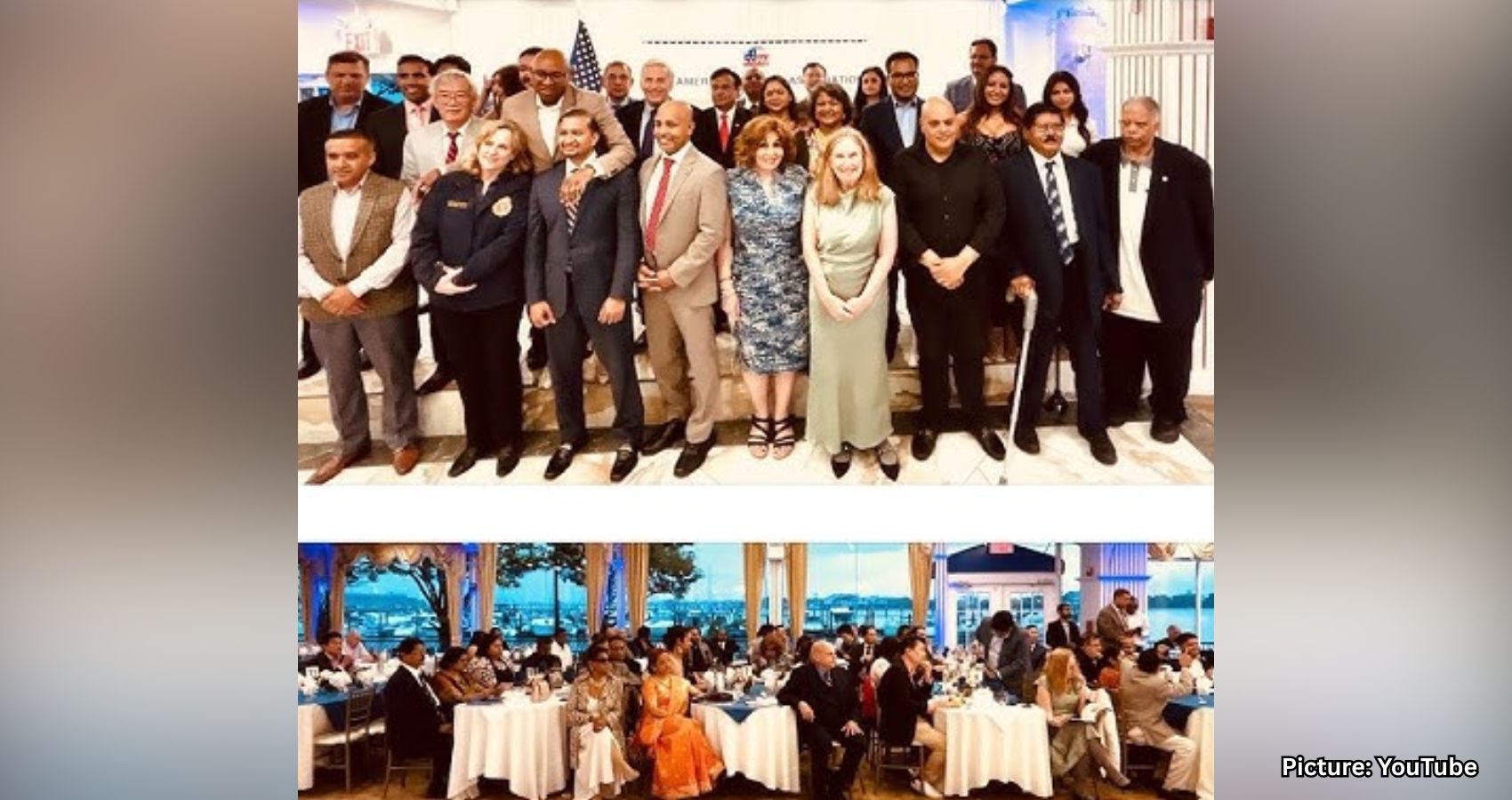
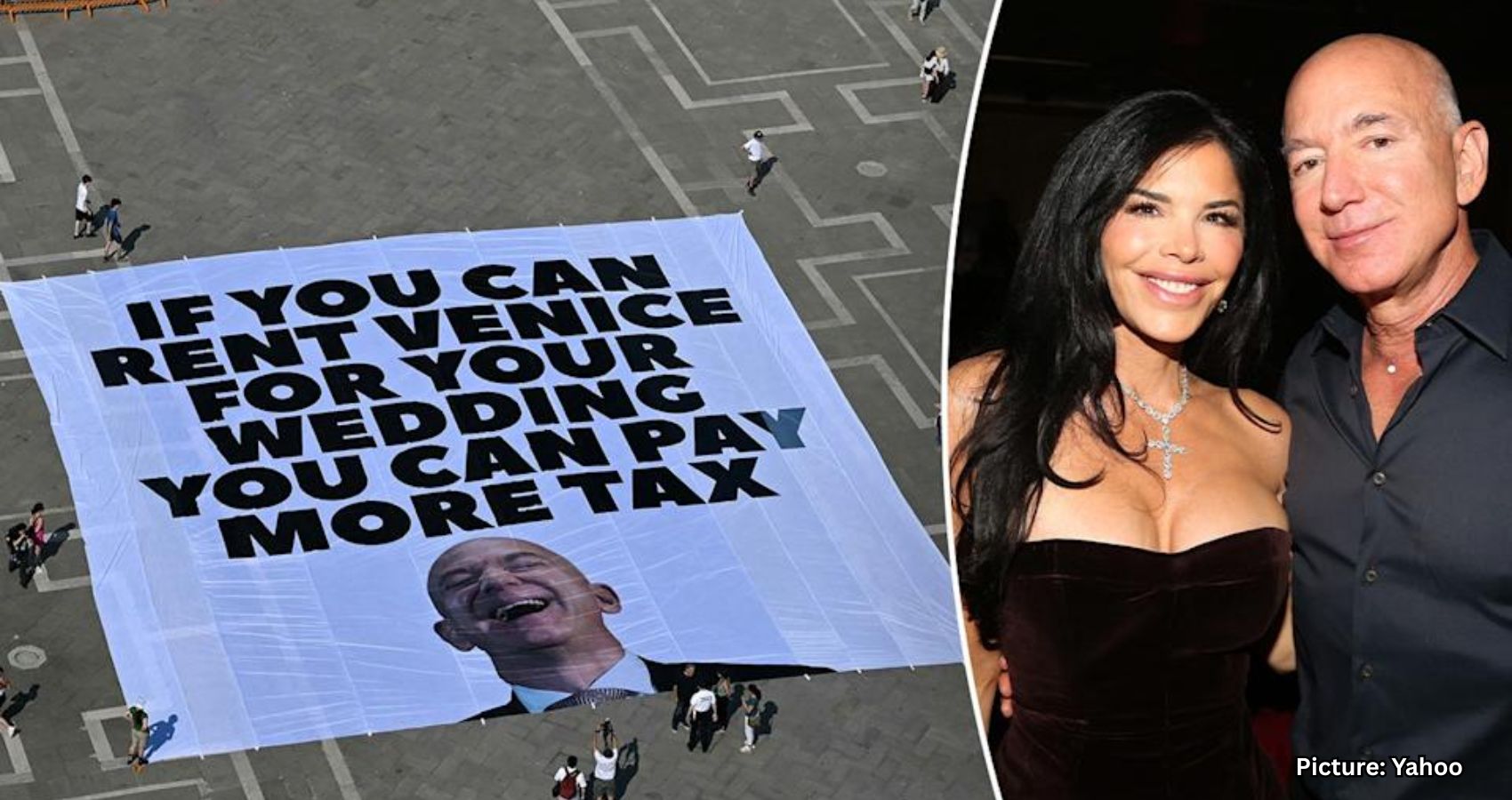

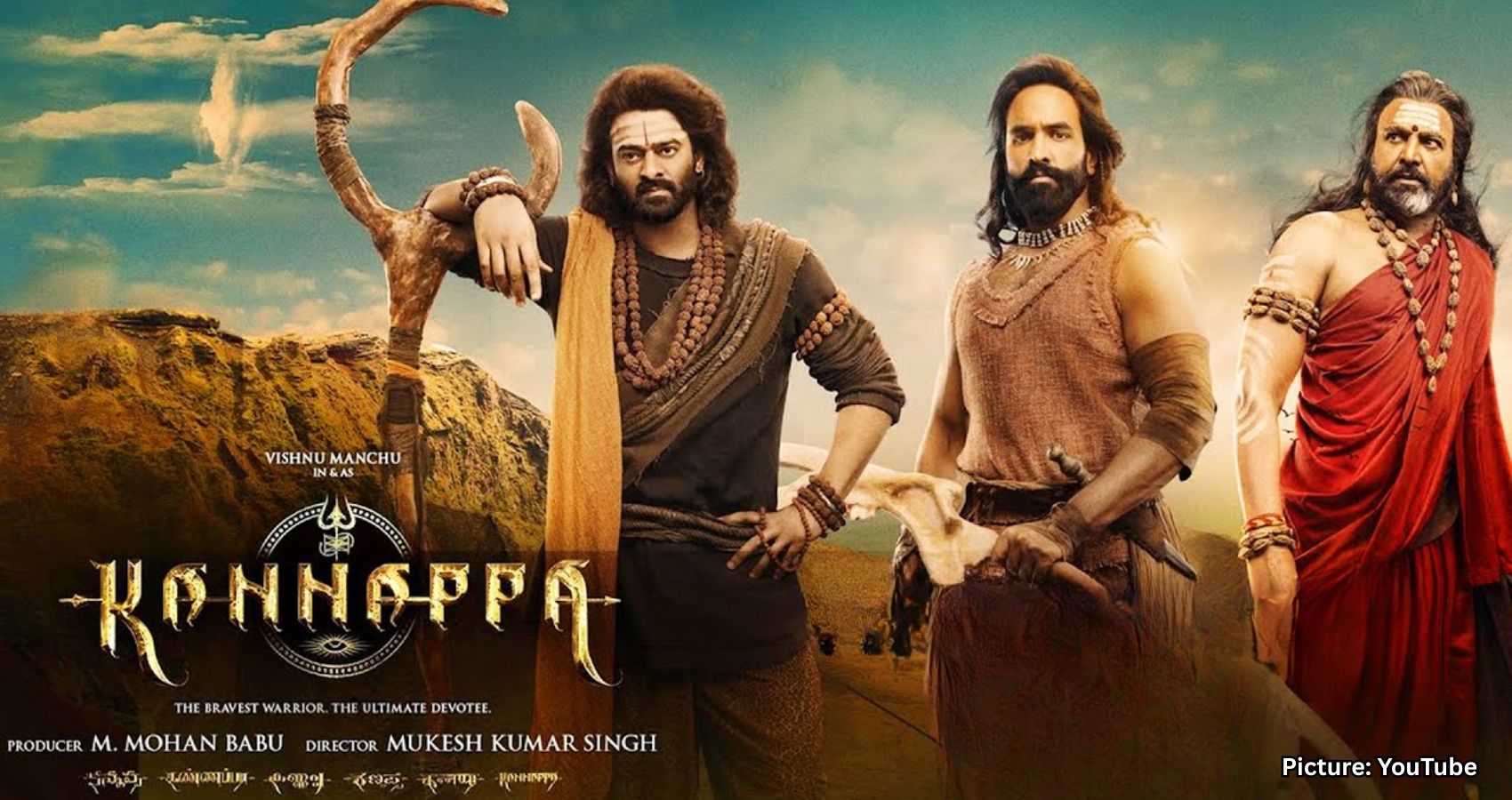
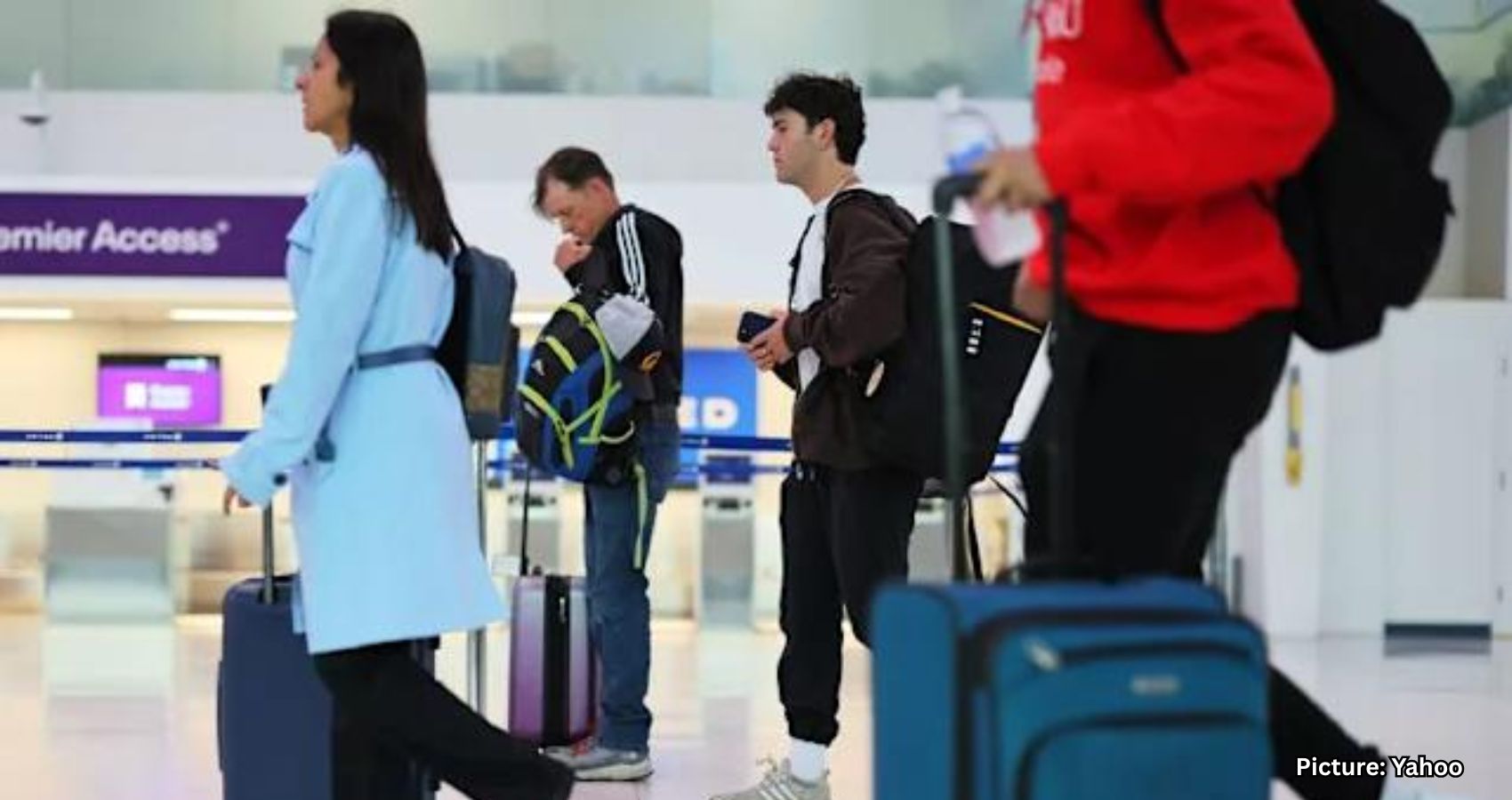
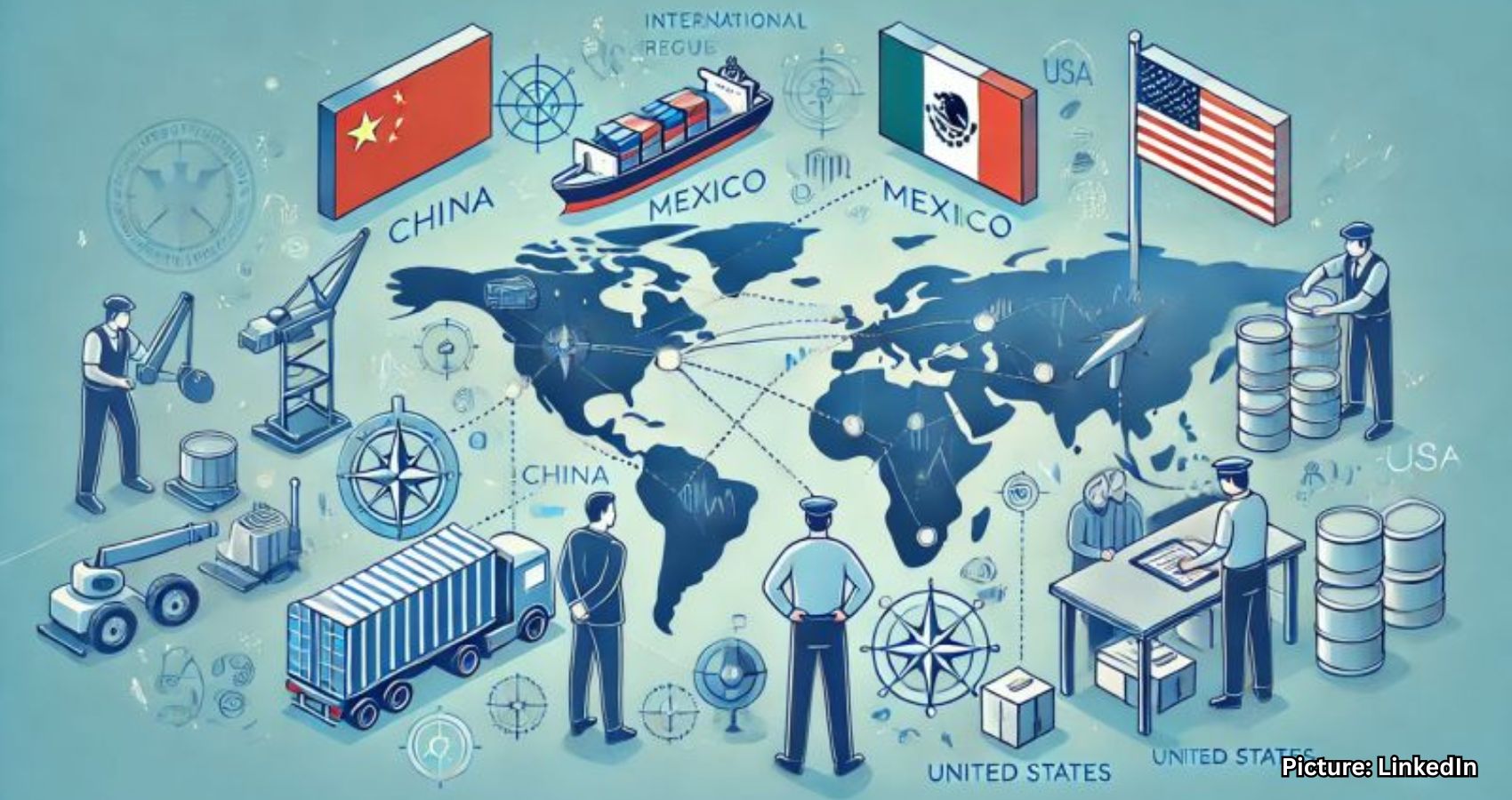




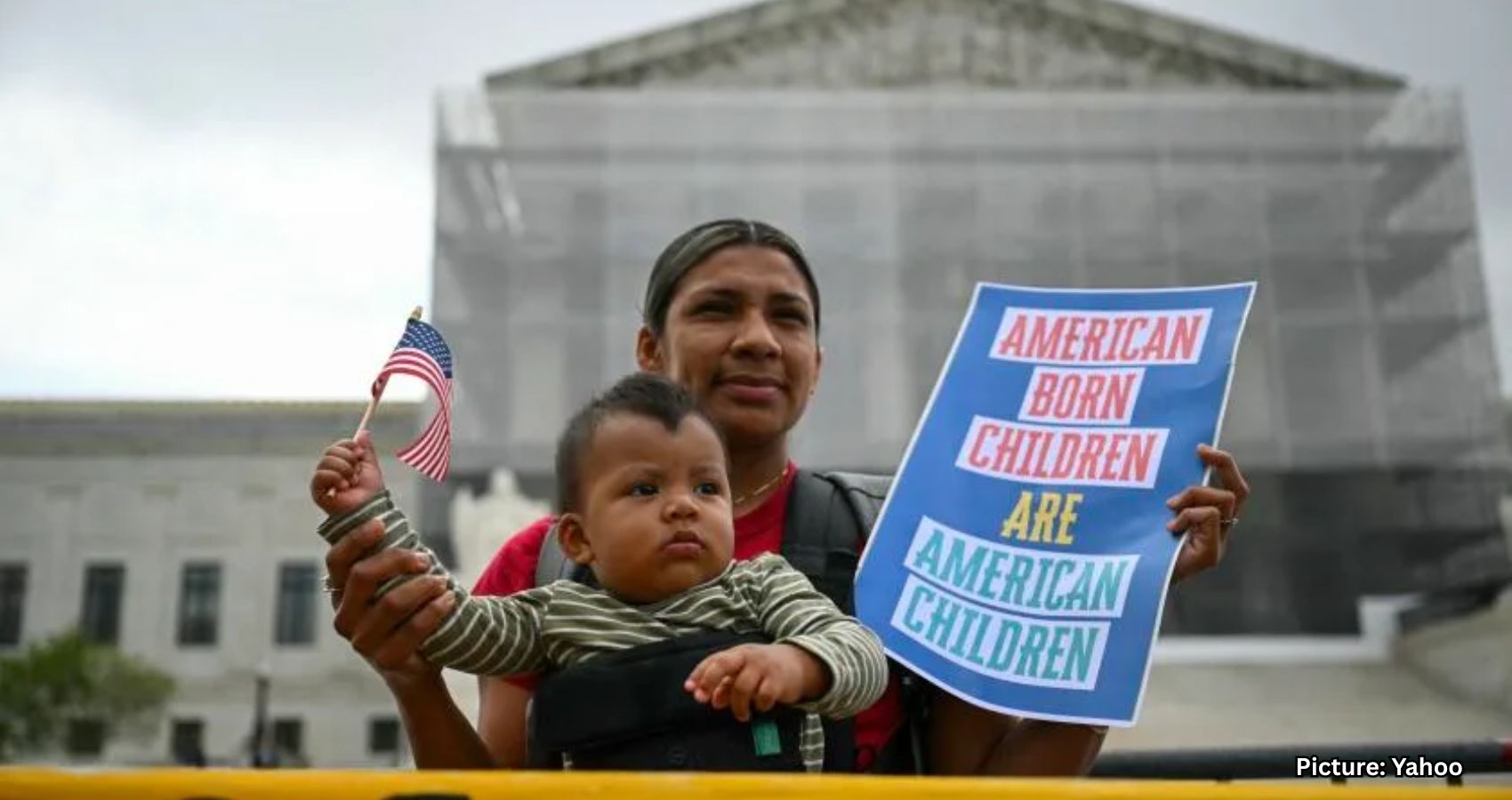

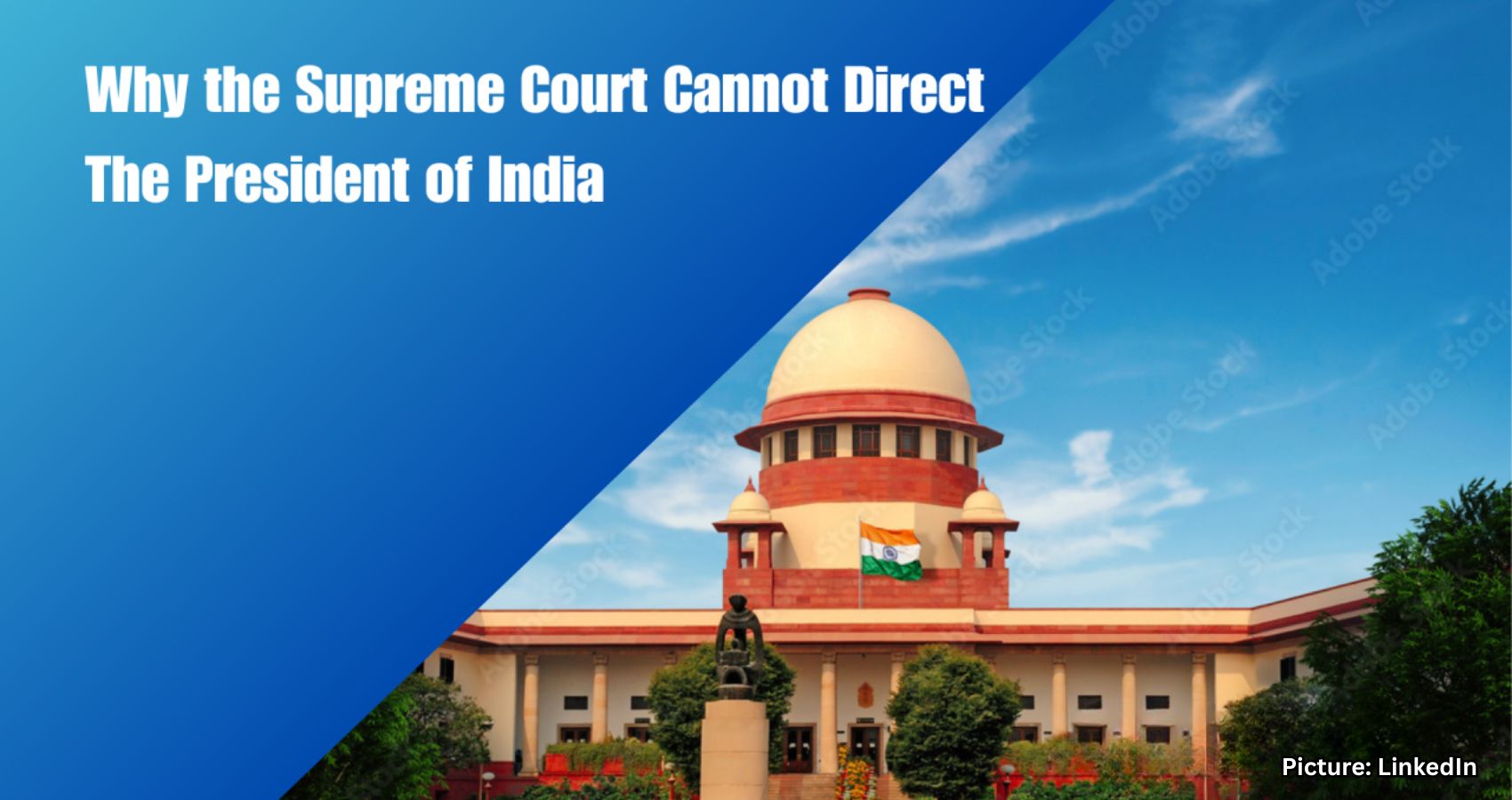
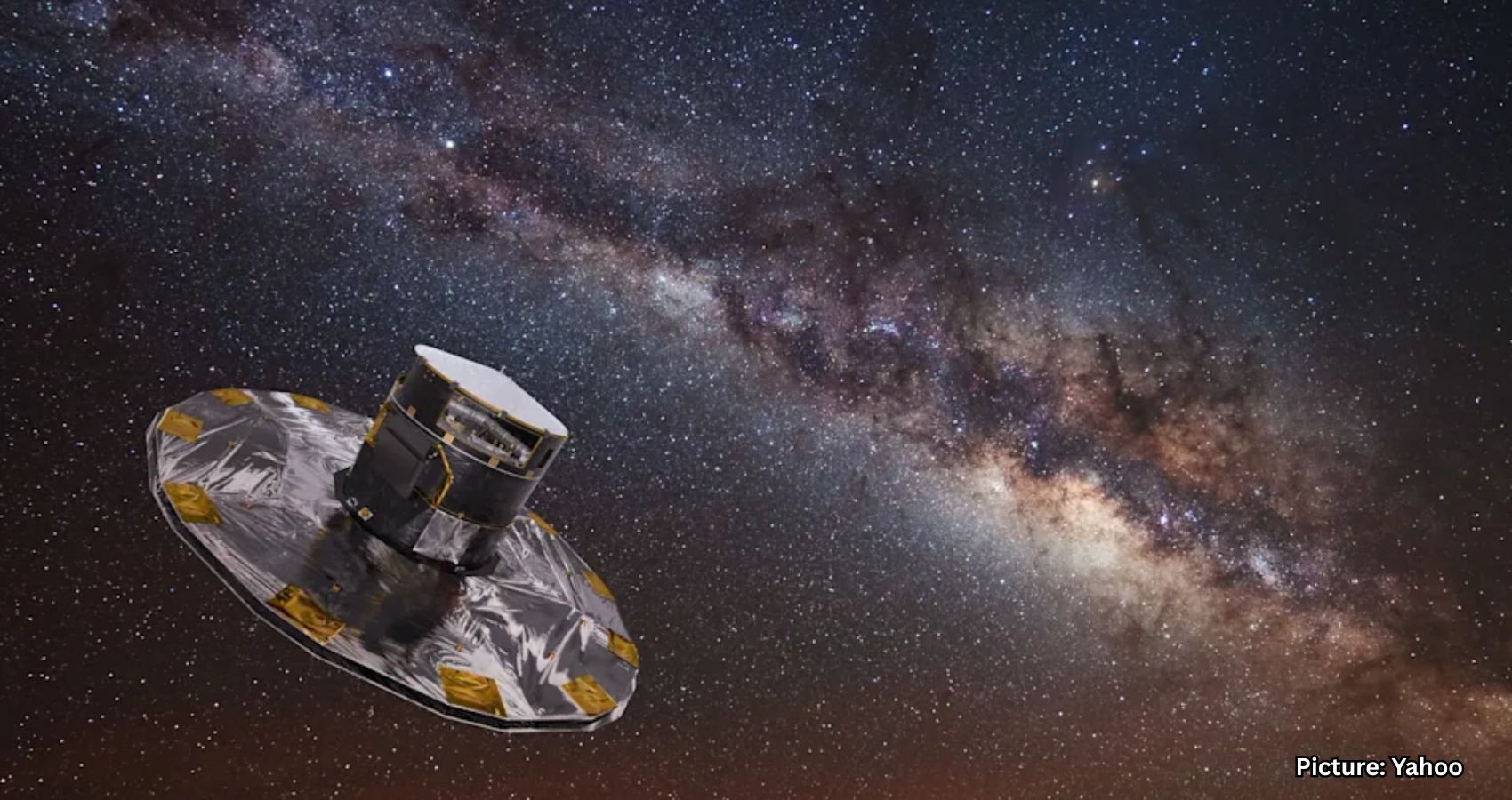

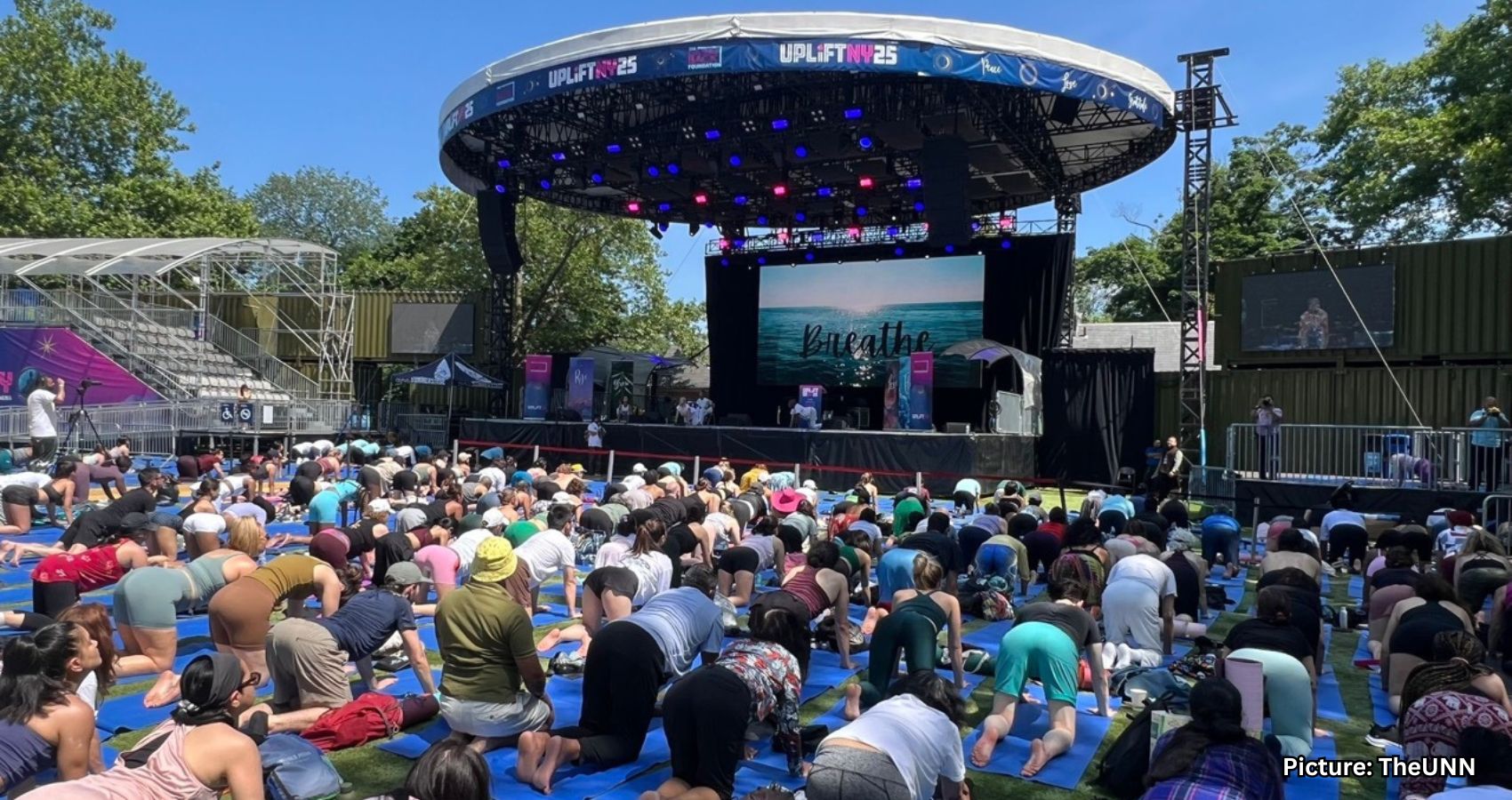


 She continued community service throughout her education and early career, and in 2009, co-founded The Giving Back Foundation®, which she leads as CEO. The foundation supports global initiatives focused on education, mental wellness, and social empowerment, with 100% of proceeds from its products funding charitable programs.
She continued community service throughout her education and early career, and in 2009, co-founded The Giving Back Foundation®, which she leads as CEO. The foundation supports global initiatives focused on education, mental wellness, and social empowerment, with 100% of proceeds from its products funding charitable programs.

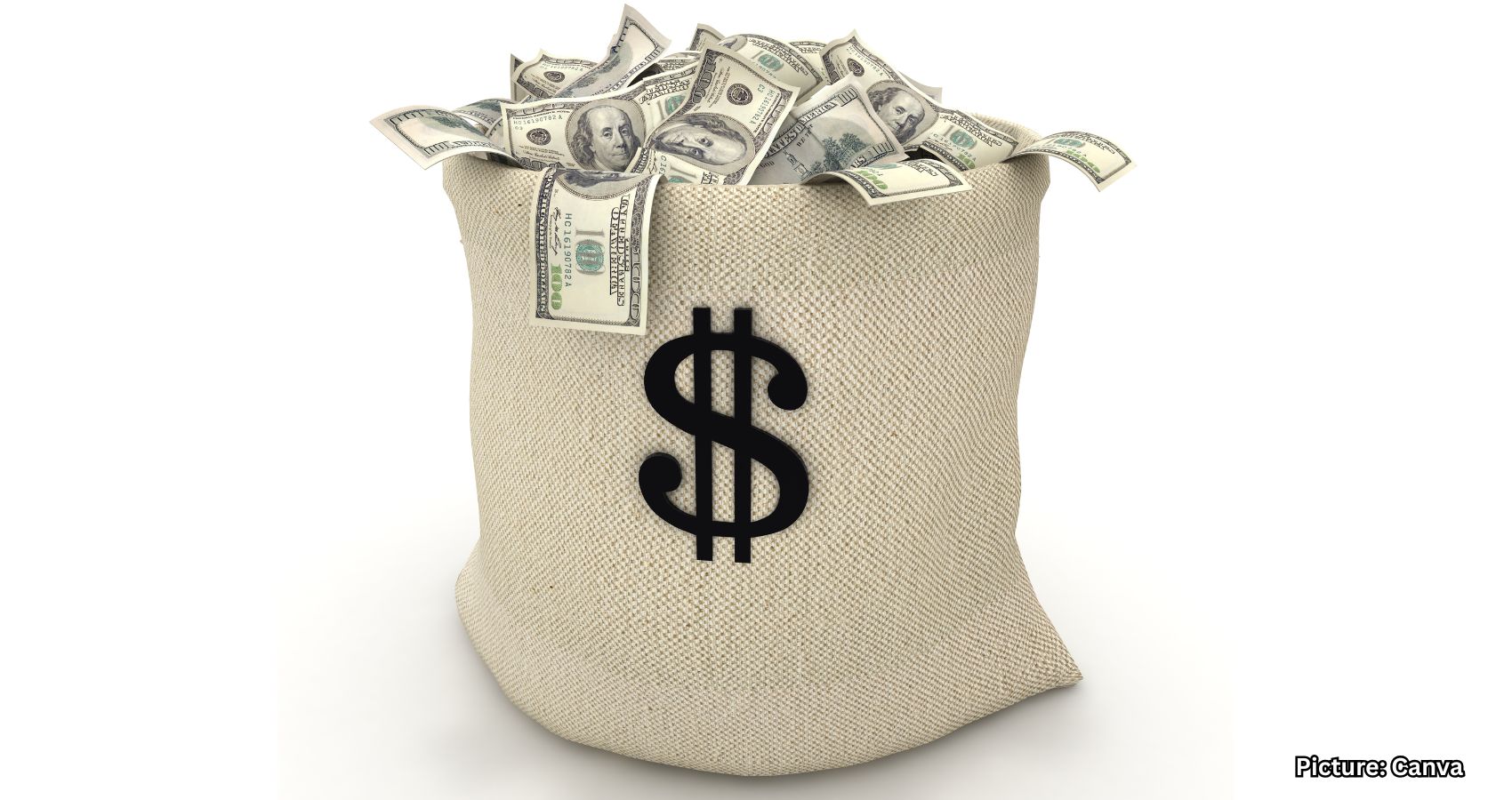




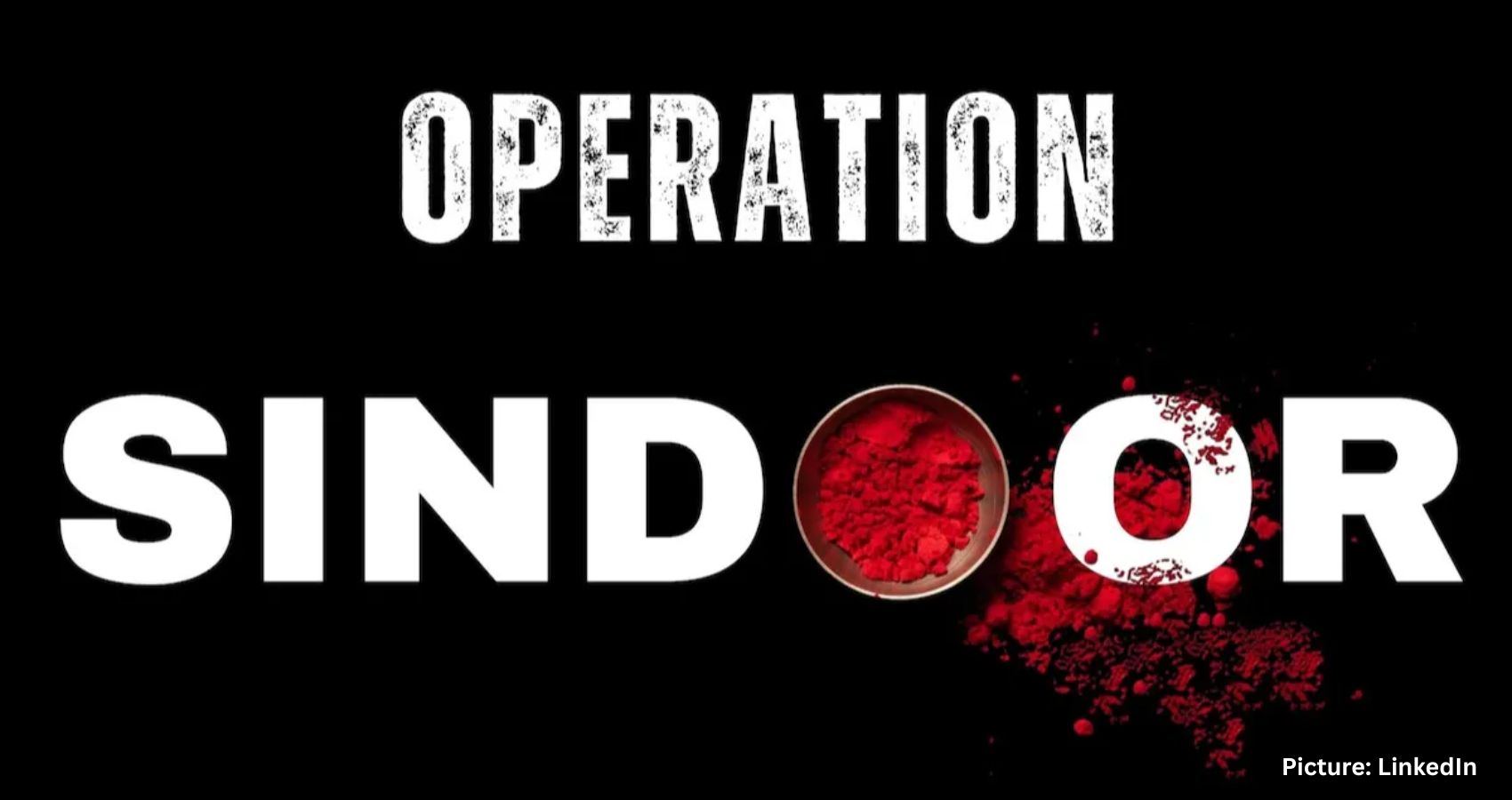
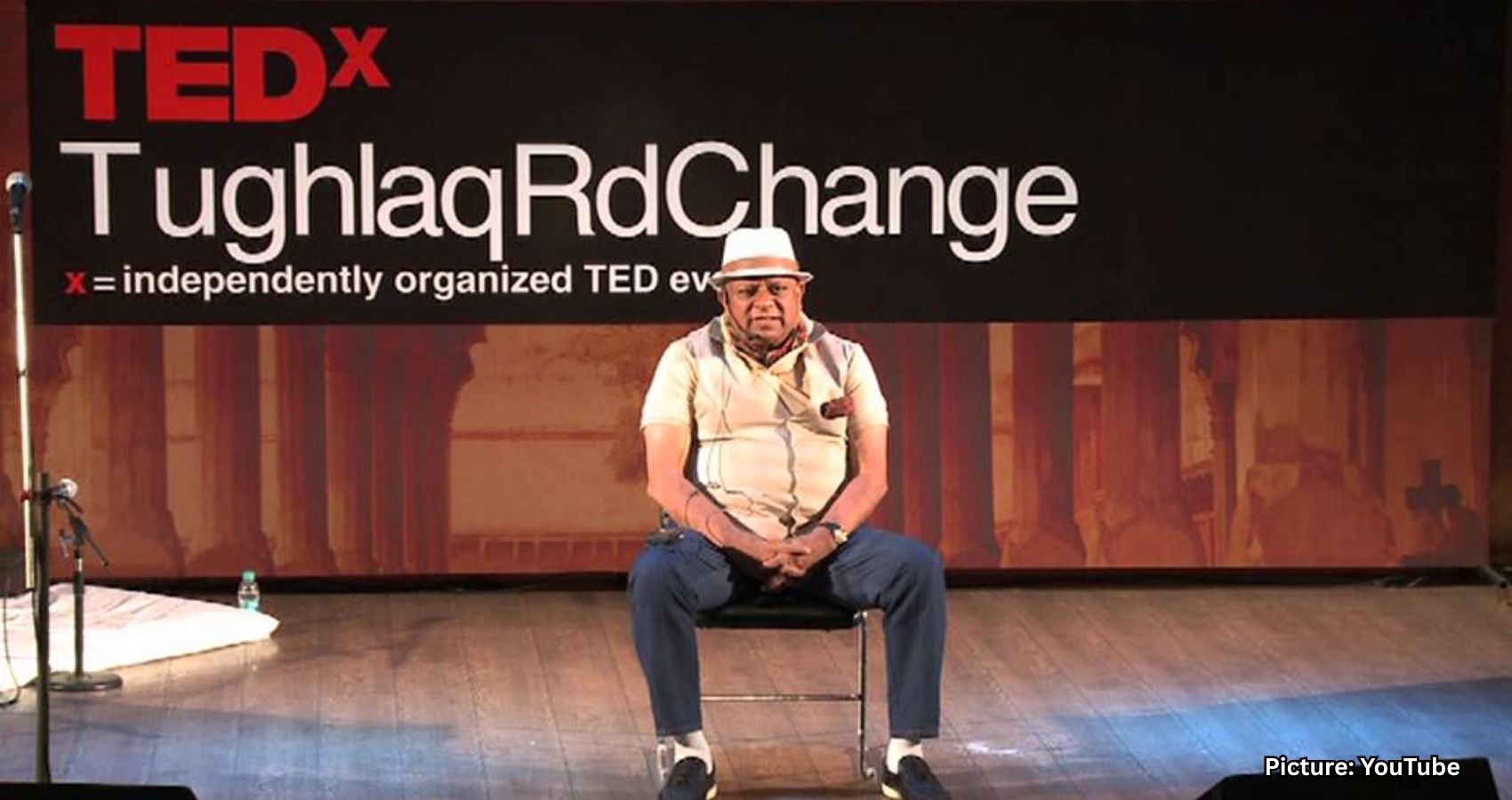


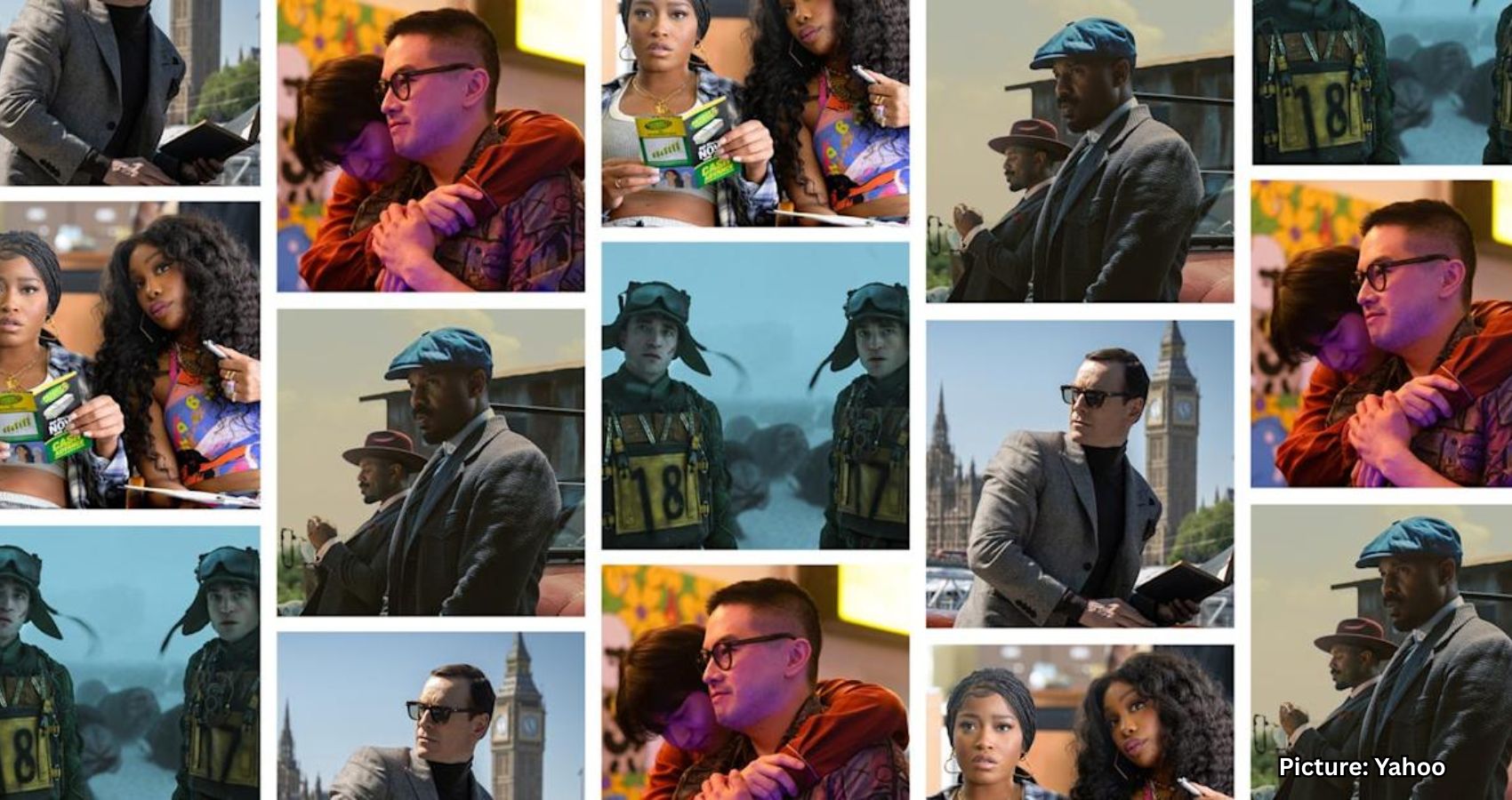


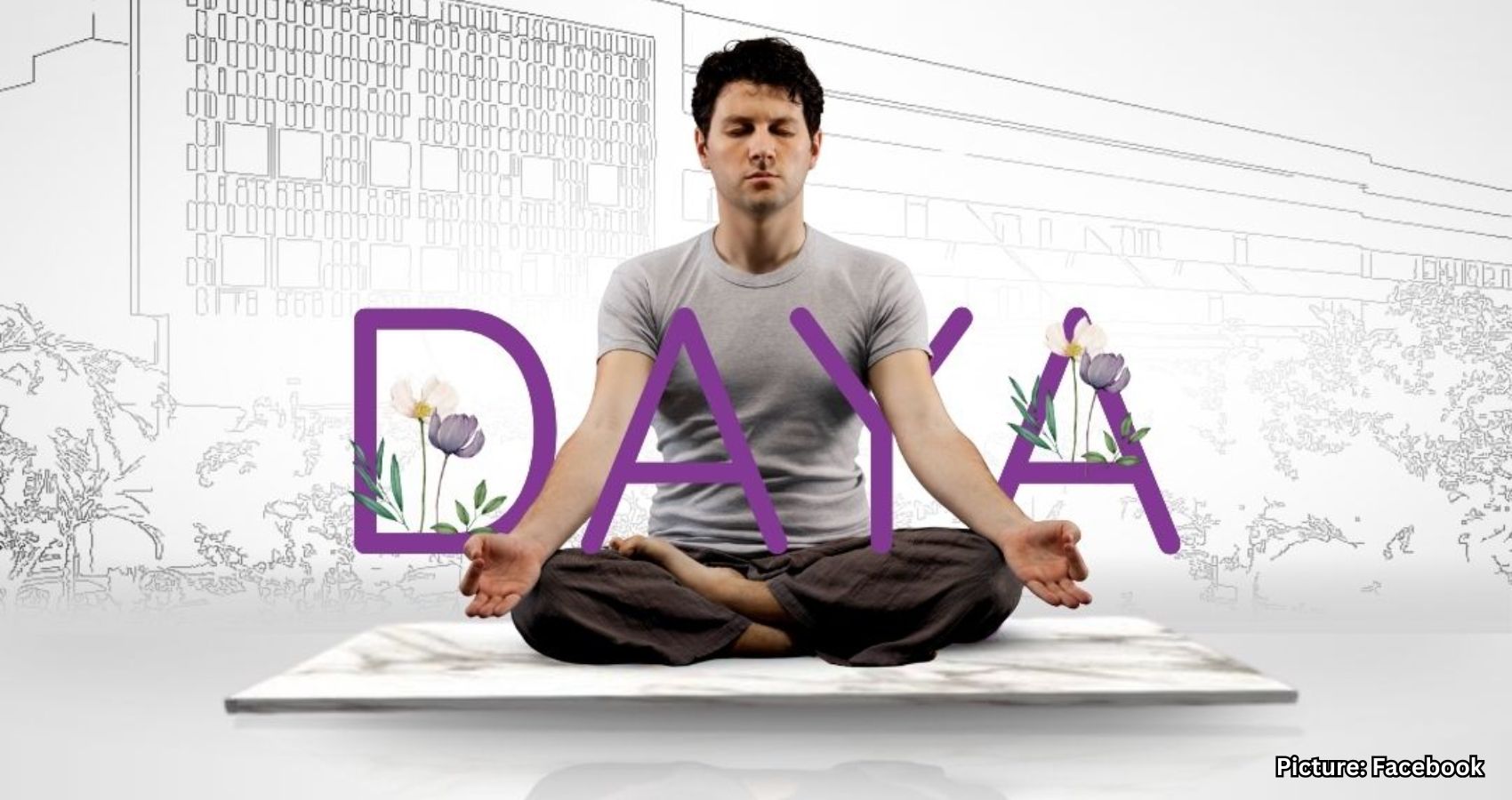



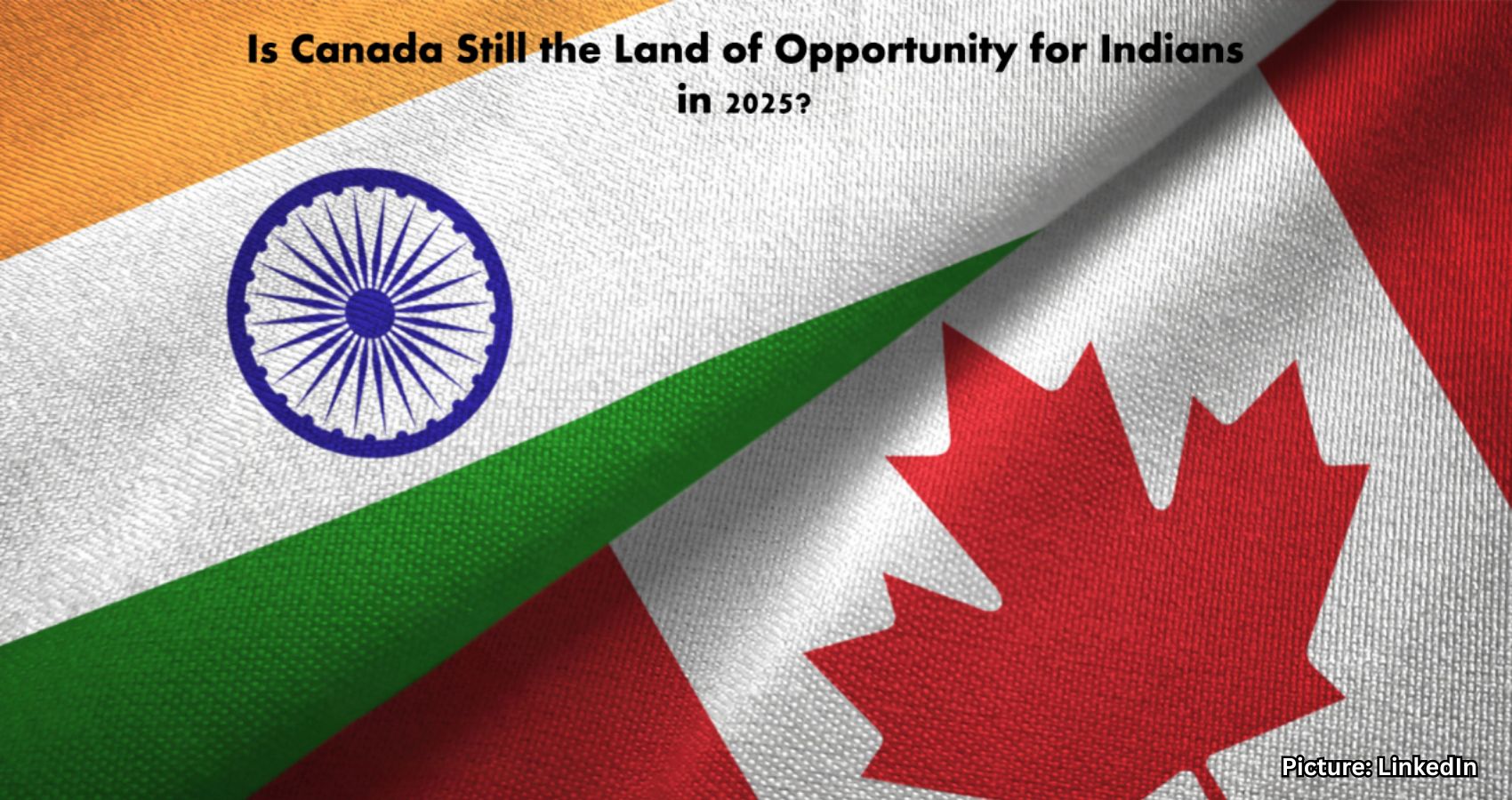
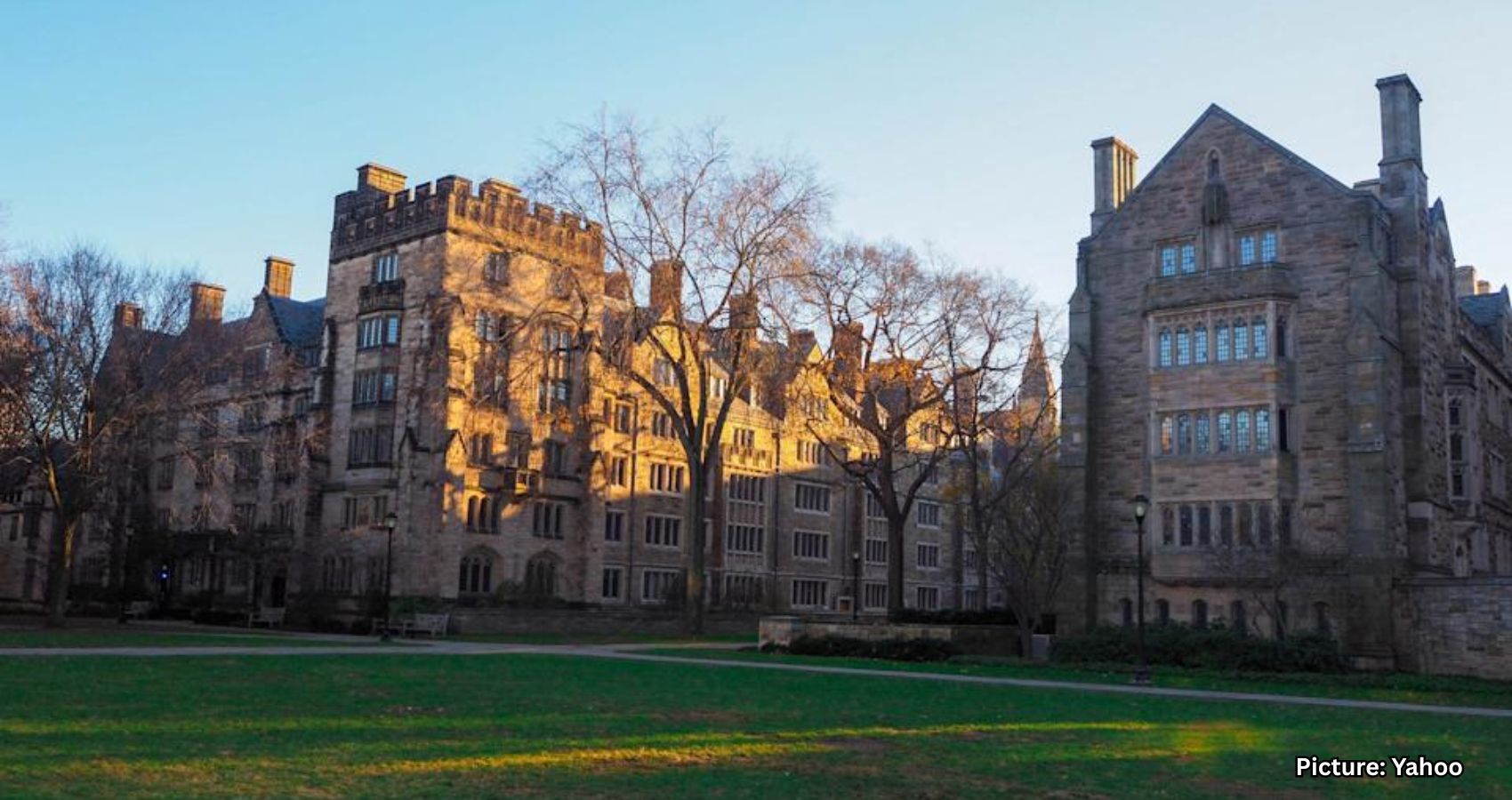

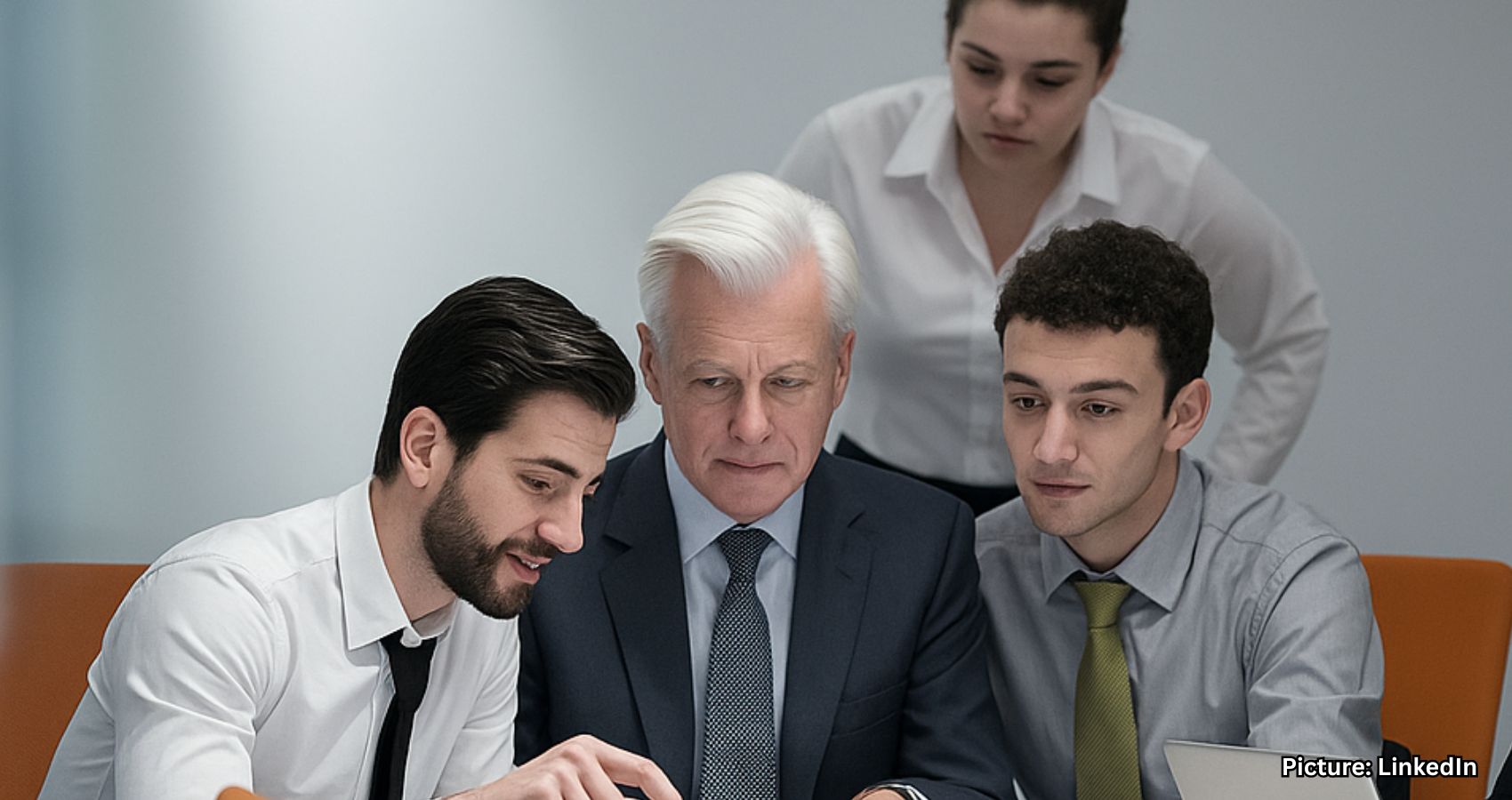
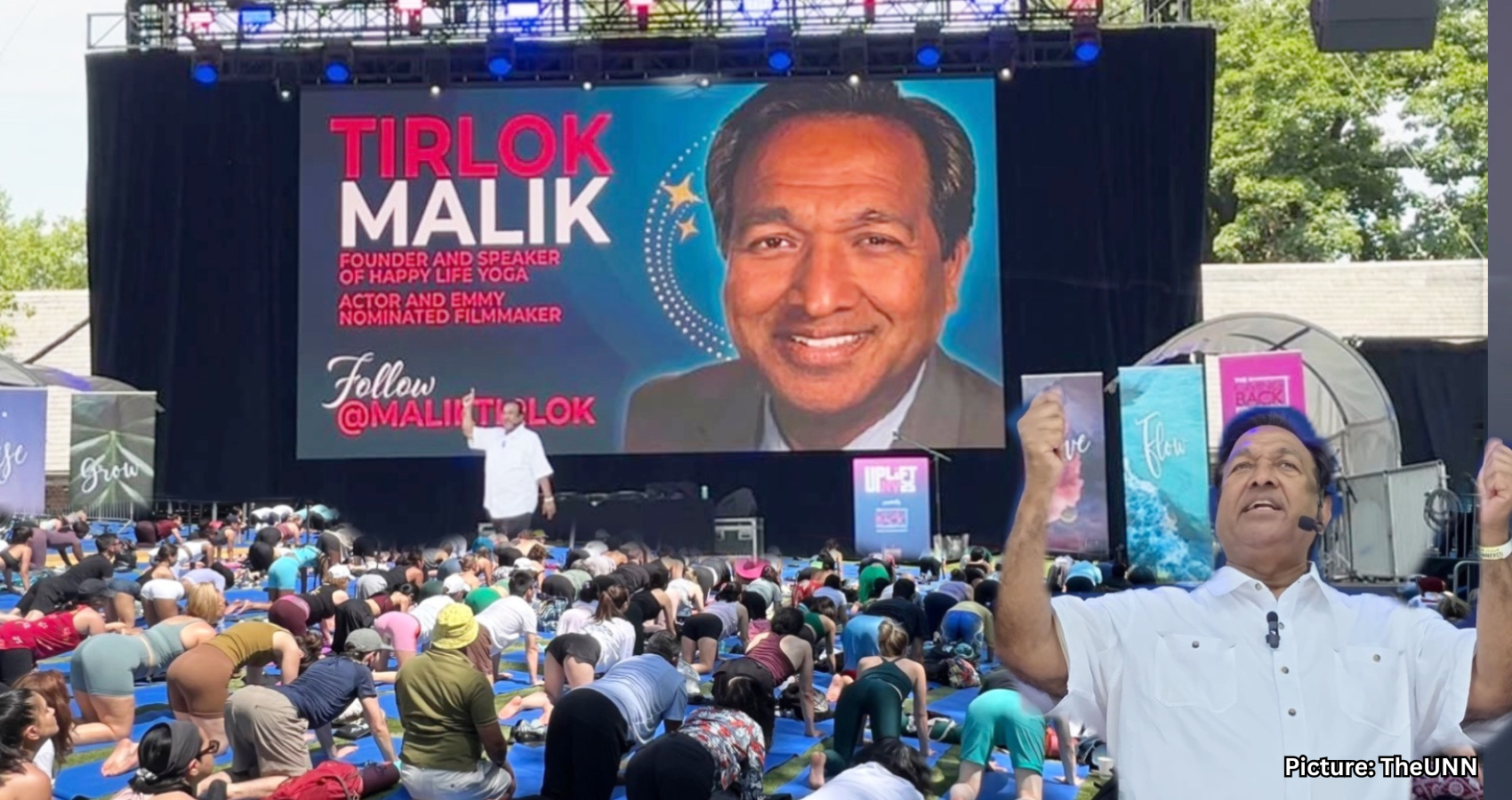
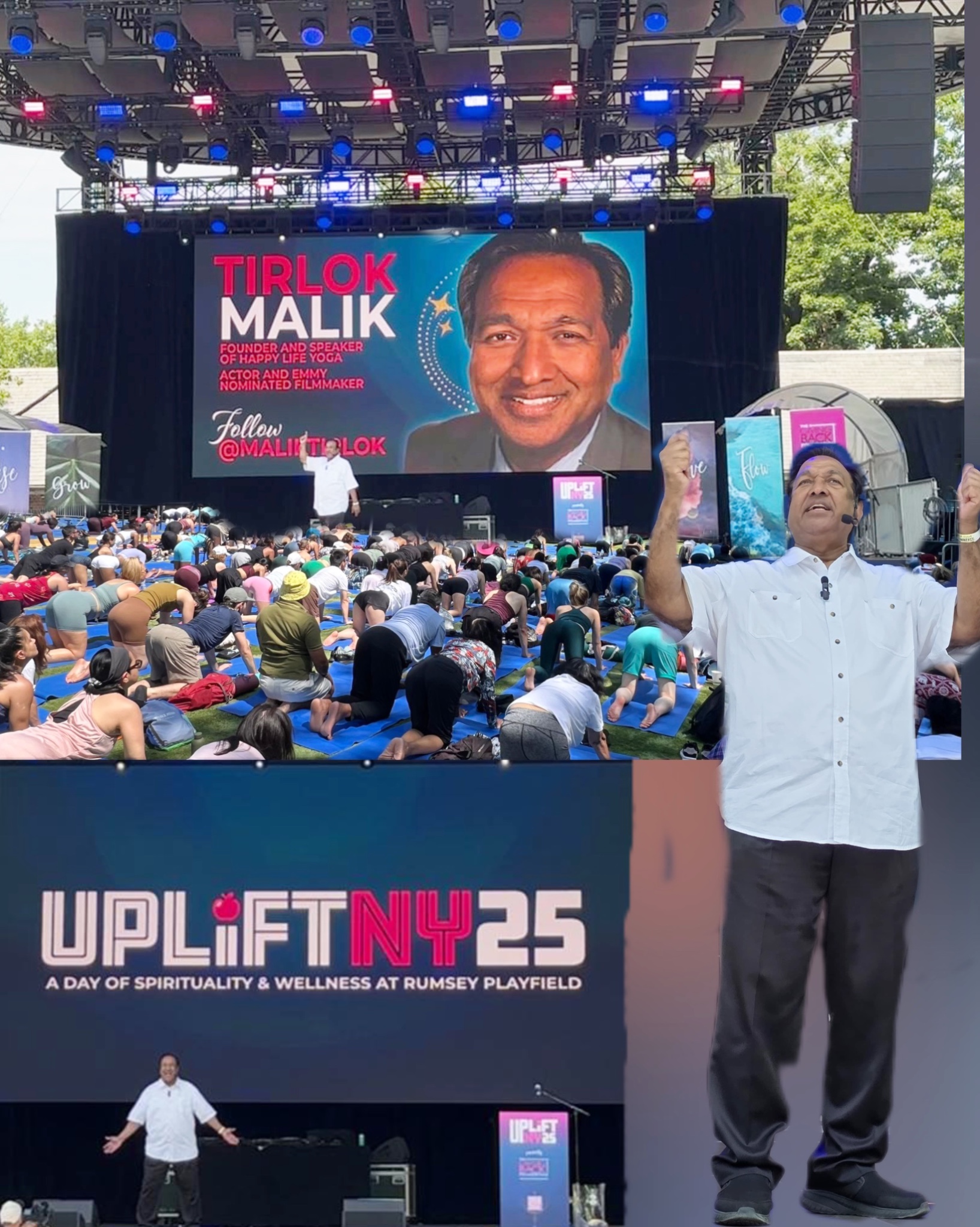




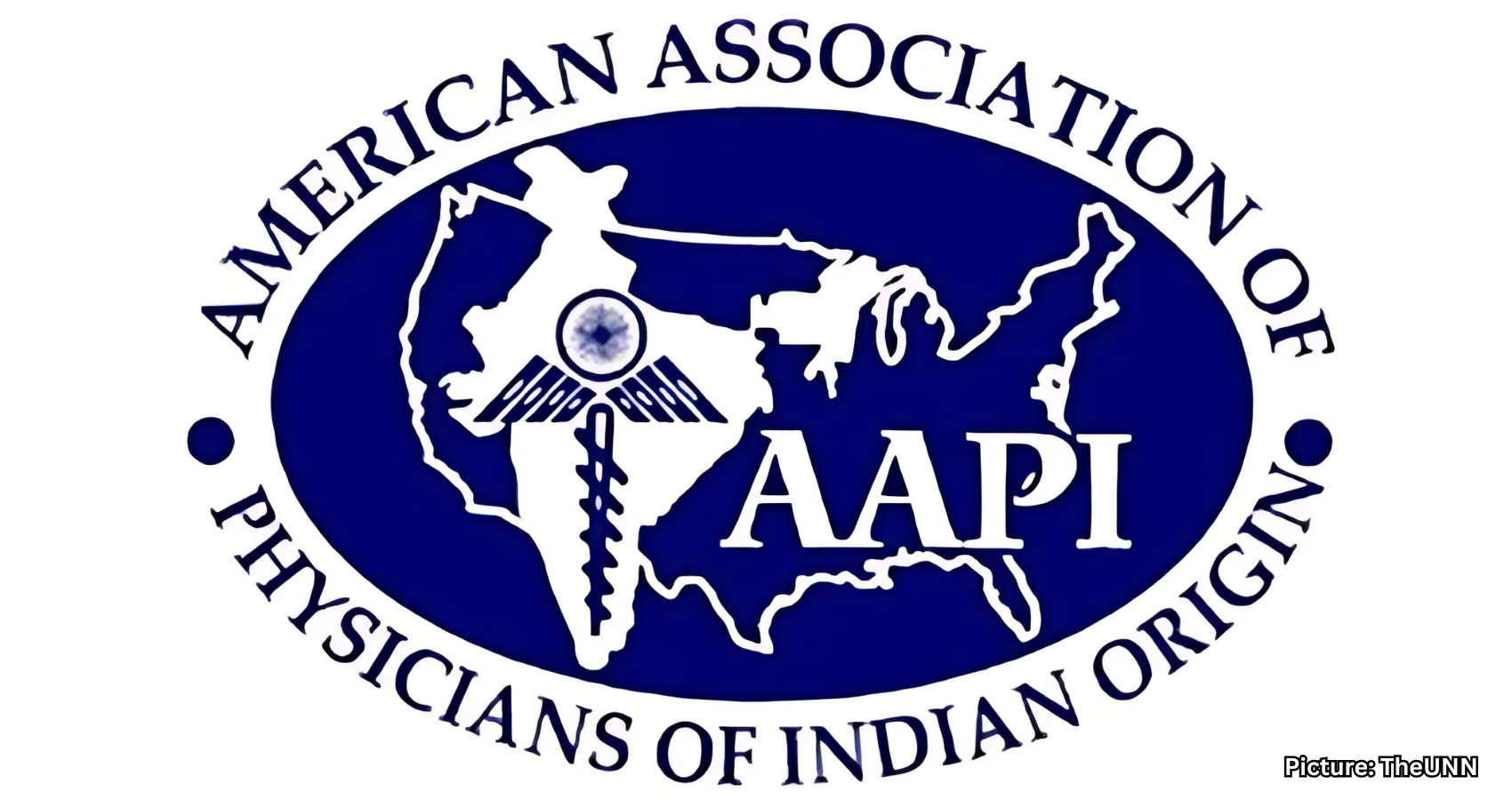
 “It is my great pleasure to personally invite you all to the 43rd Annual Convention and Scientific Assembly of the American Association of Physicians of Indian Origin (AAPI), being held in vibrant Cincinnati, Ohio, from July 24th to 27th, 2025,” said Dr. Satheesh Kathula, President of AAPI, while inviting AAPI members to the prestigious event that will bring together nearly 1,000 delegates including Physicians, Academicians, Researchers and Medical students, along with guests to the Convention in Cincinnati from across the country for an enriching experience of networking, learning, and celebration.
“It is my great pleasure to personally invite you all to the 43rd Annual Convention and Scientific Assembly of the American Association of Physicians of Indian Origin (AAPI), being held in vibrant Cincinnati, Ohio, from July 24th to 27th, 2025,” said Dr. Satheesh Kathula, President of AAPI, while inviting AAPI members to the prestigious event that will bring together nearly 1,000 delegates including Physicians, Academicians, Researchers and Medical students, along with guests to the Convention in Cincinnati from across the country for an enriching experience of networking, learning, and celebration.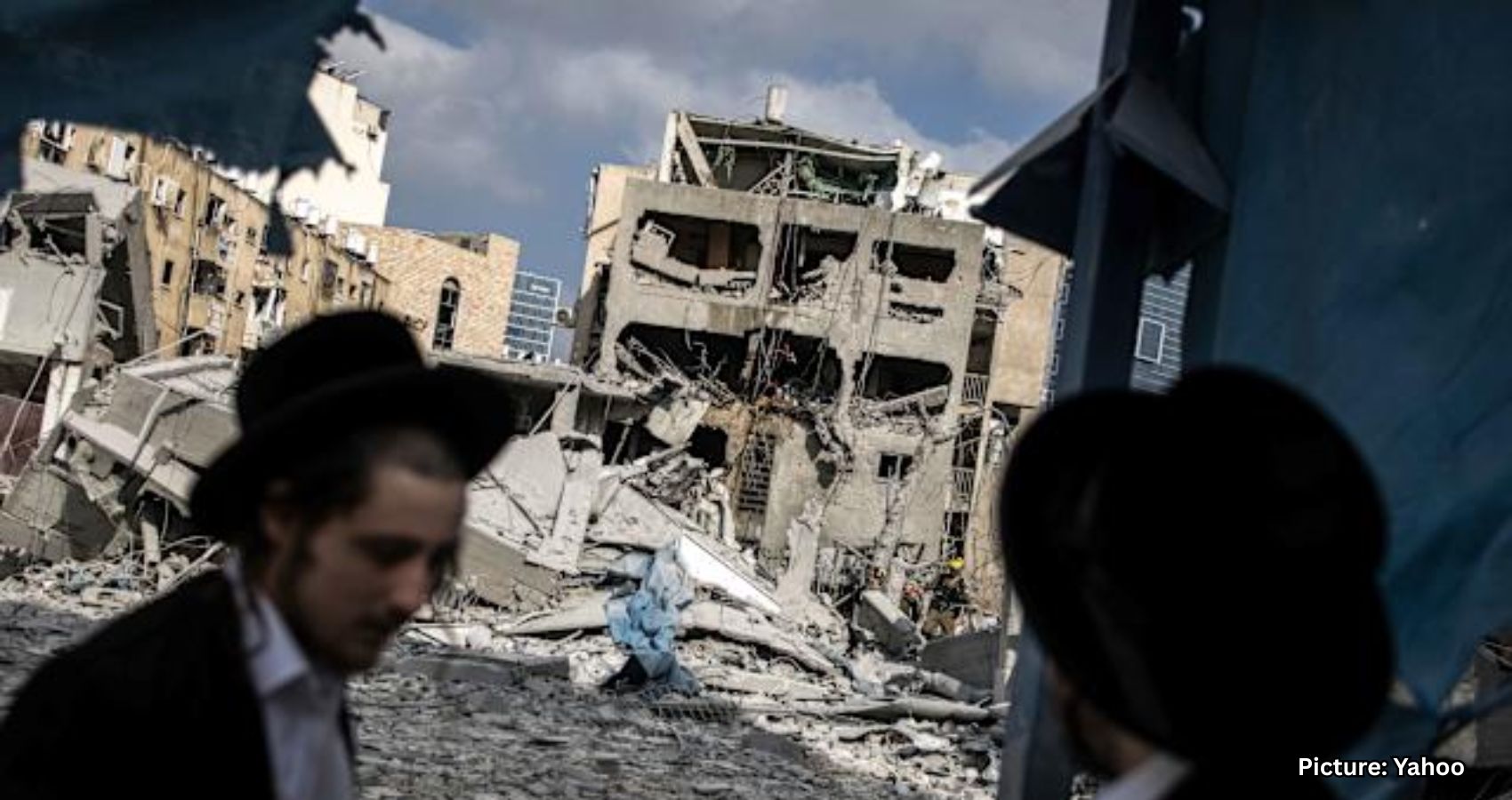






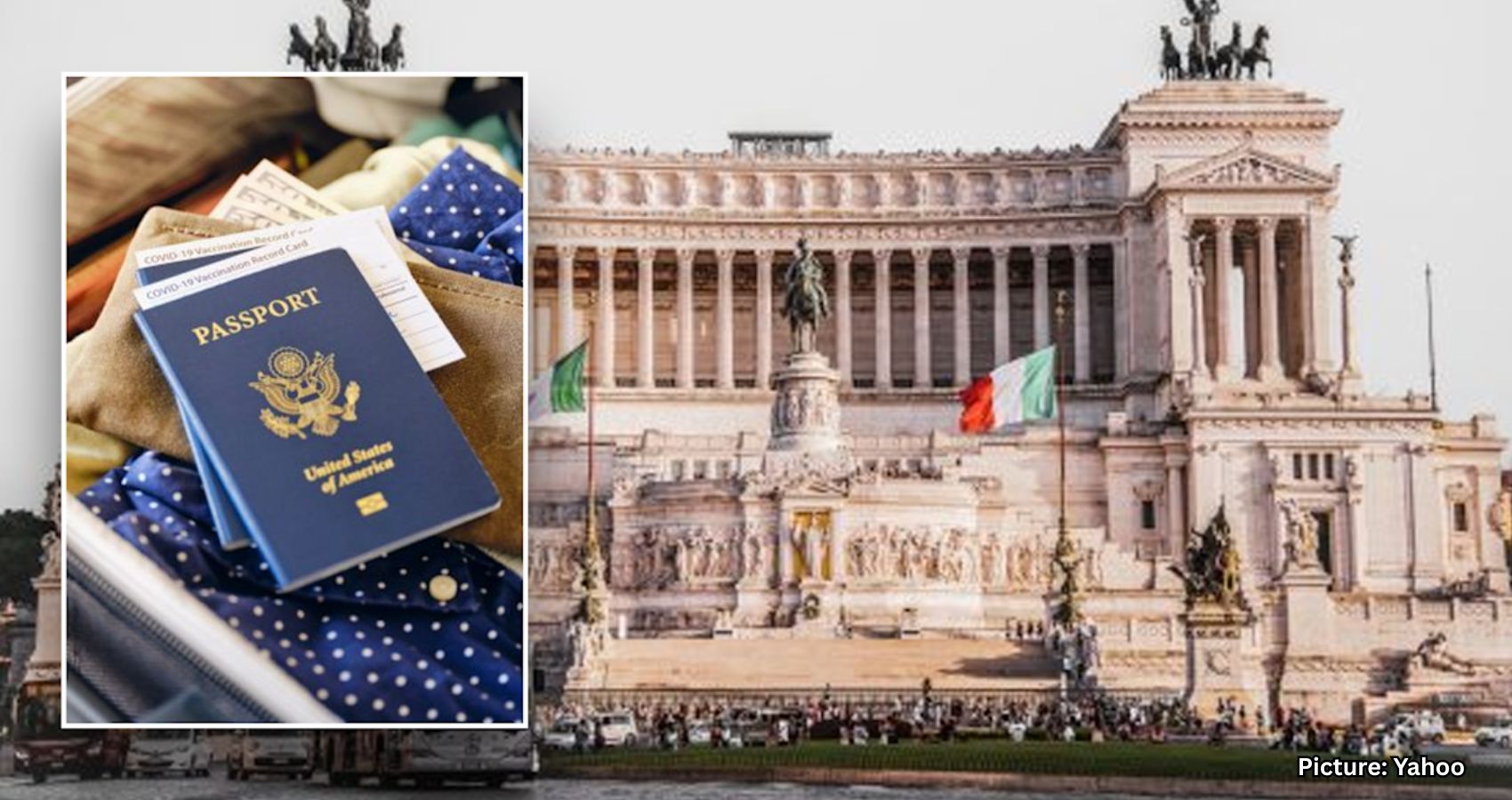

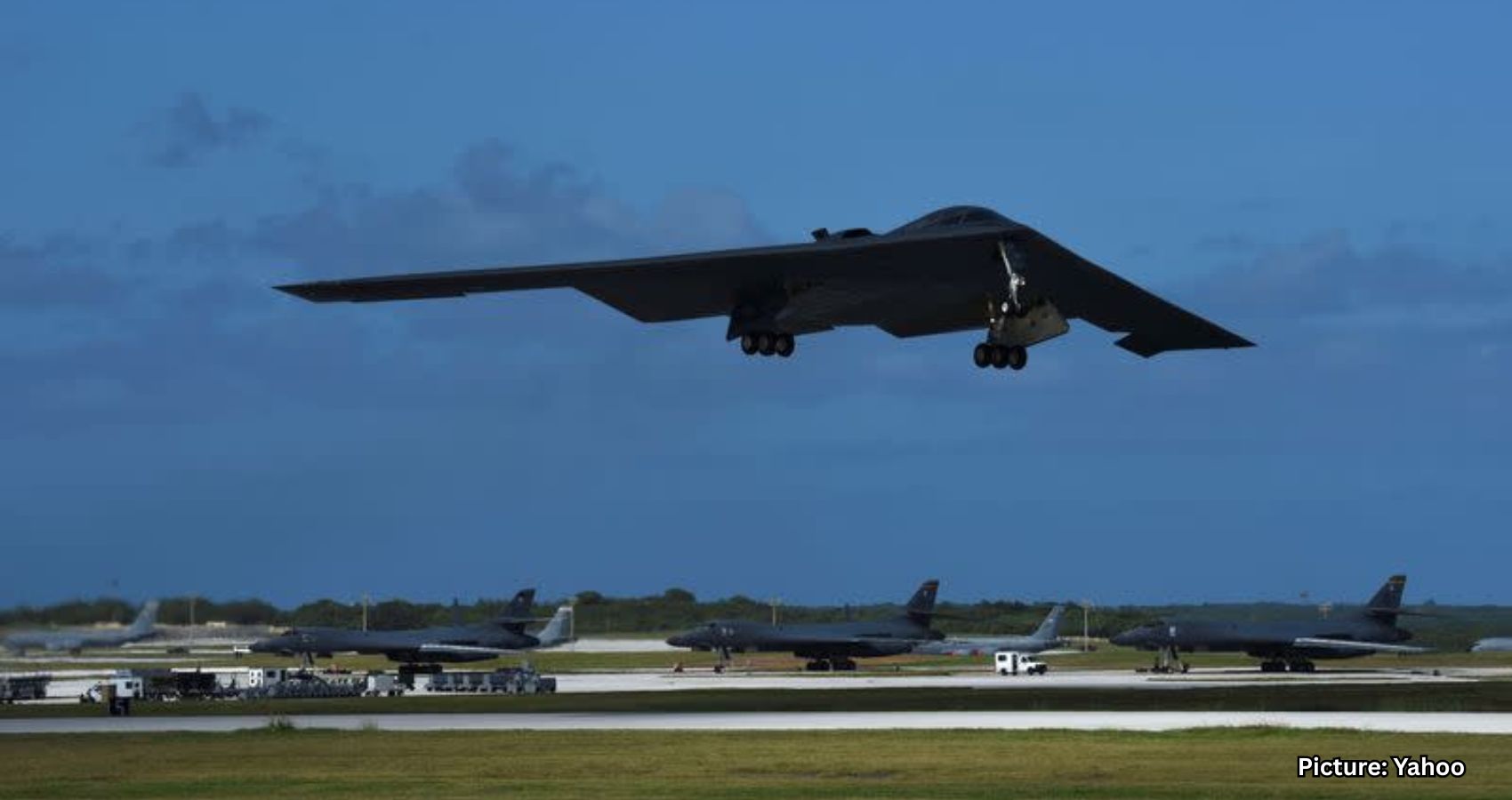
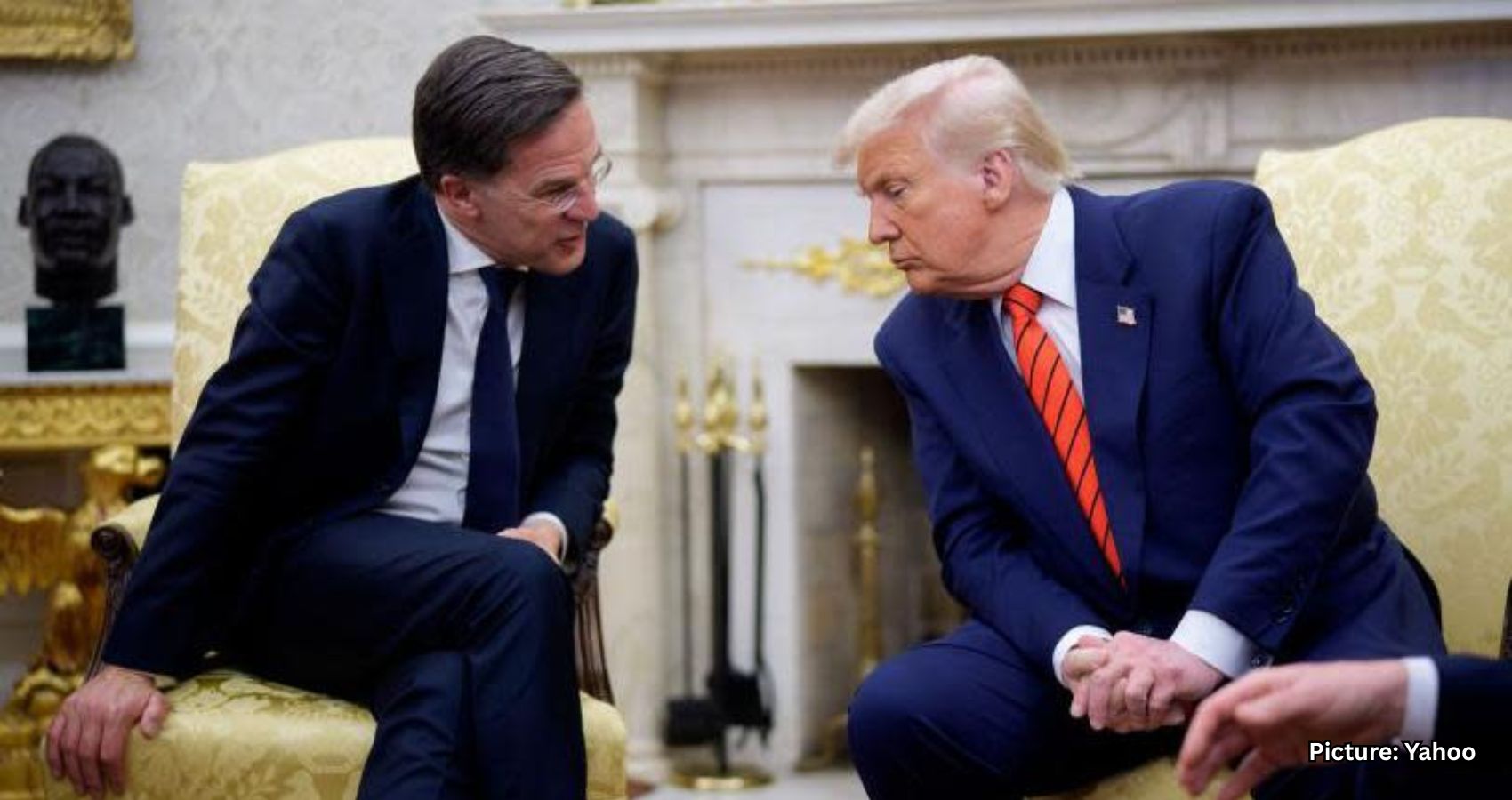
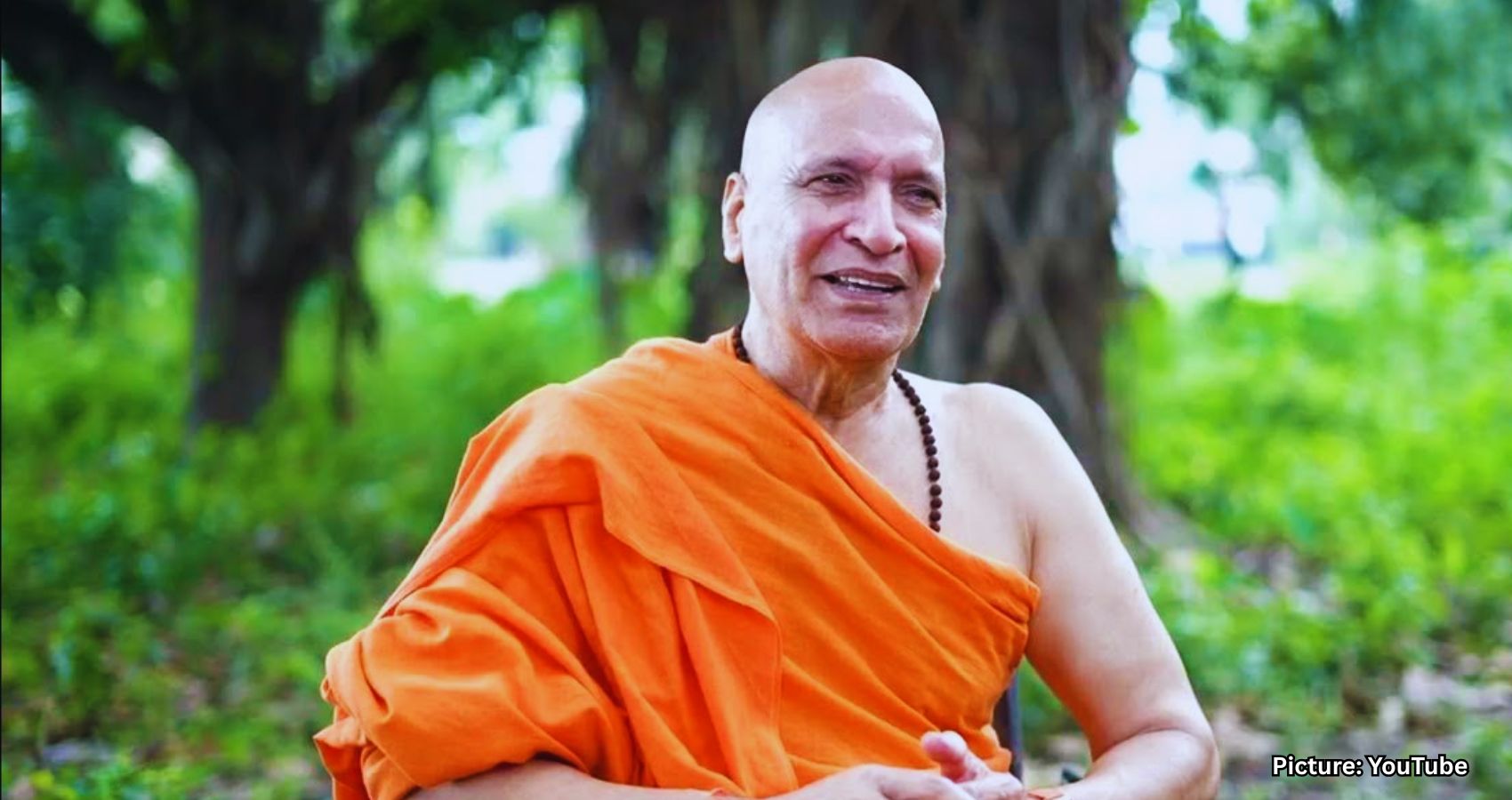

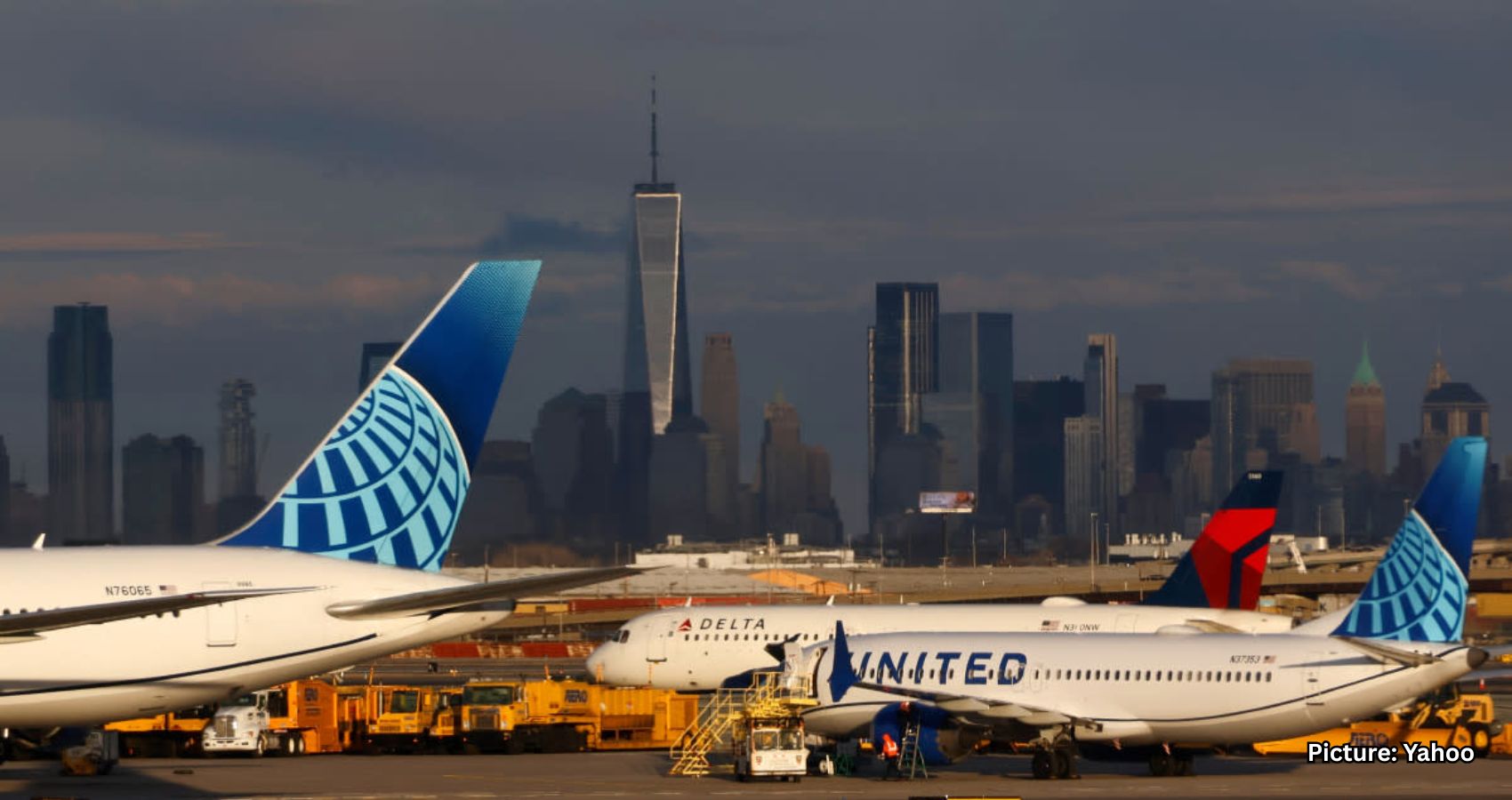

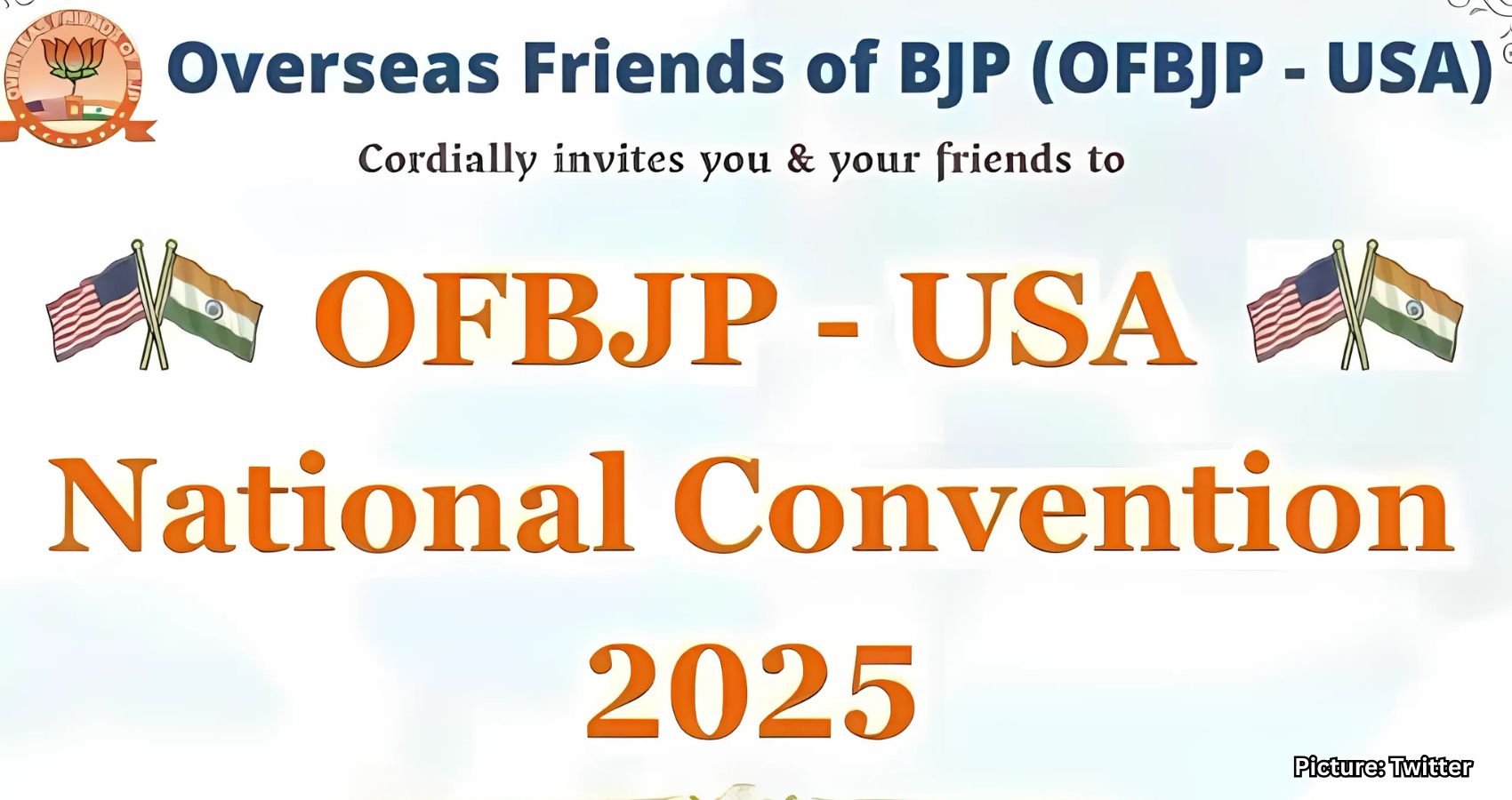


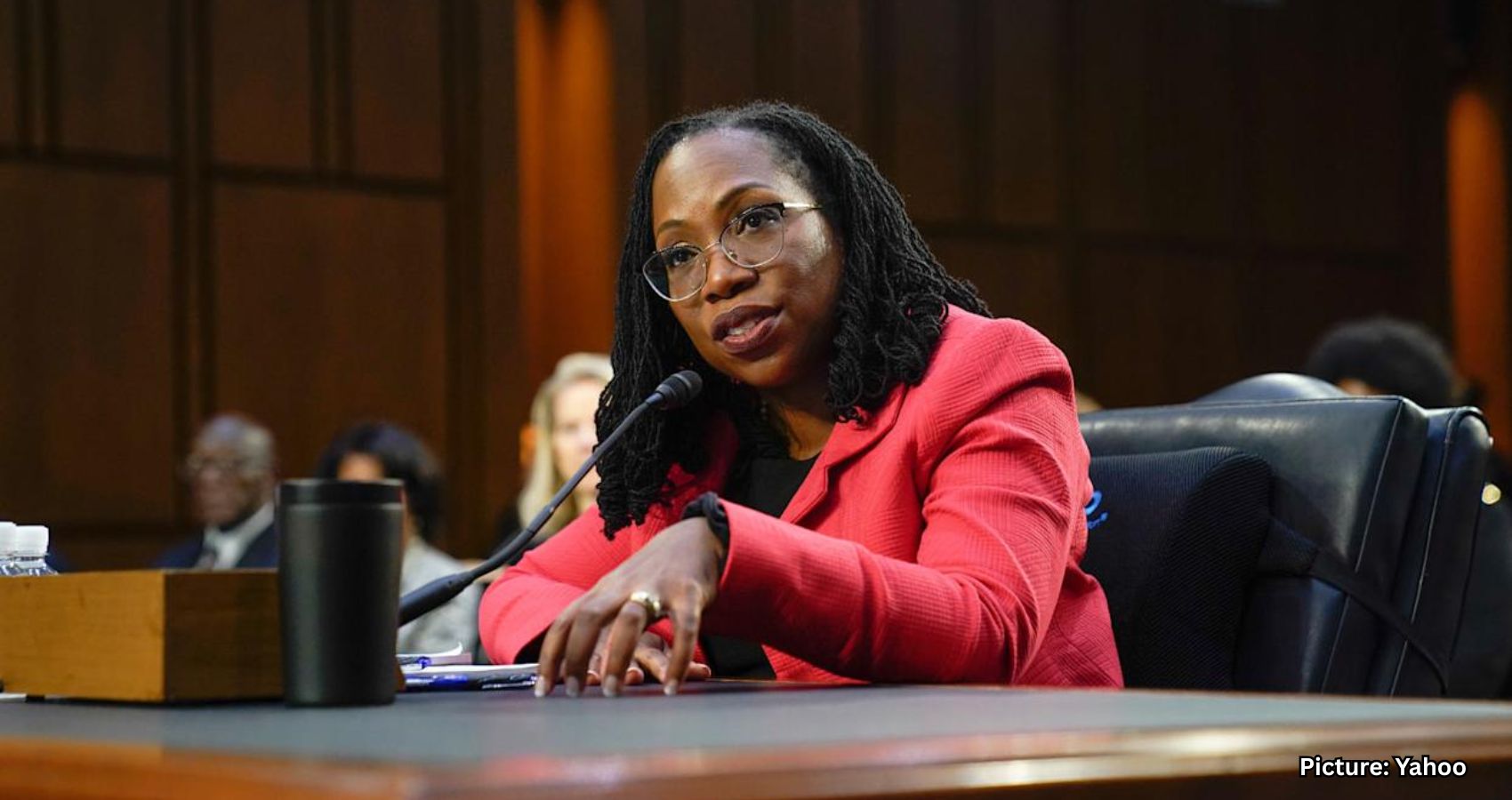
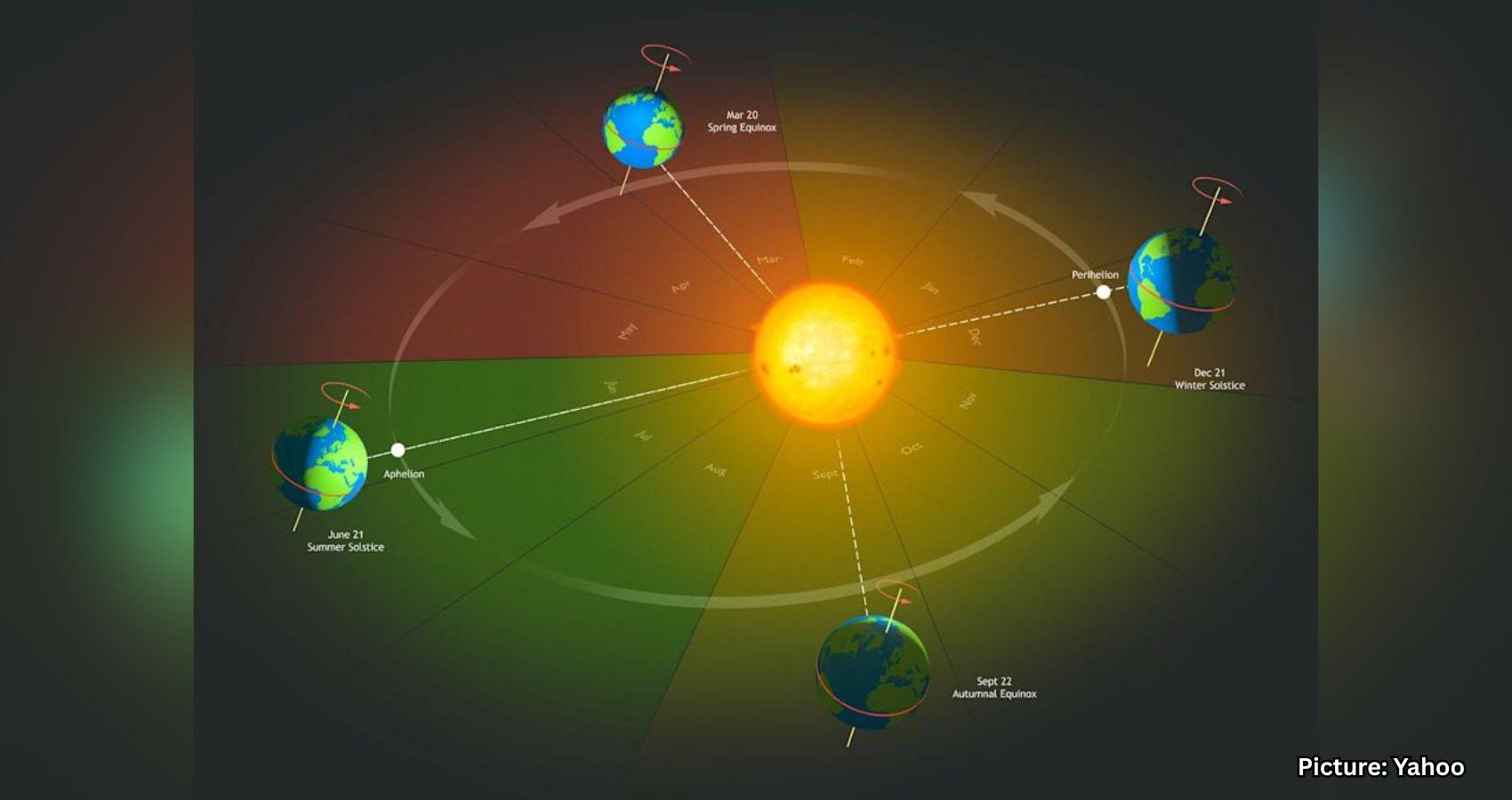

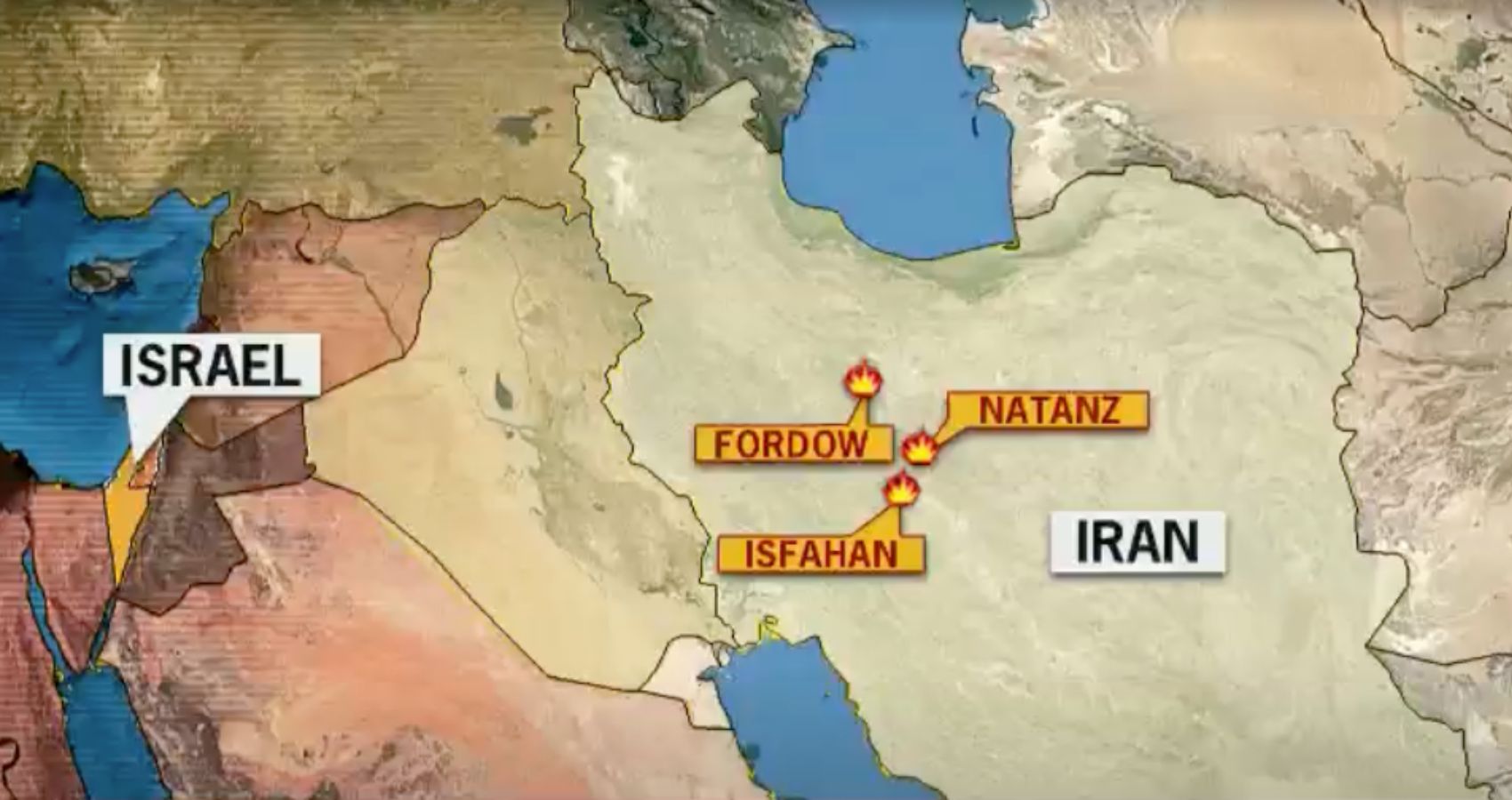


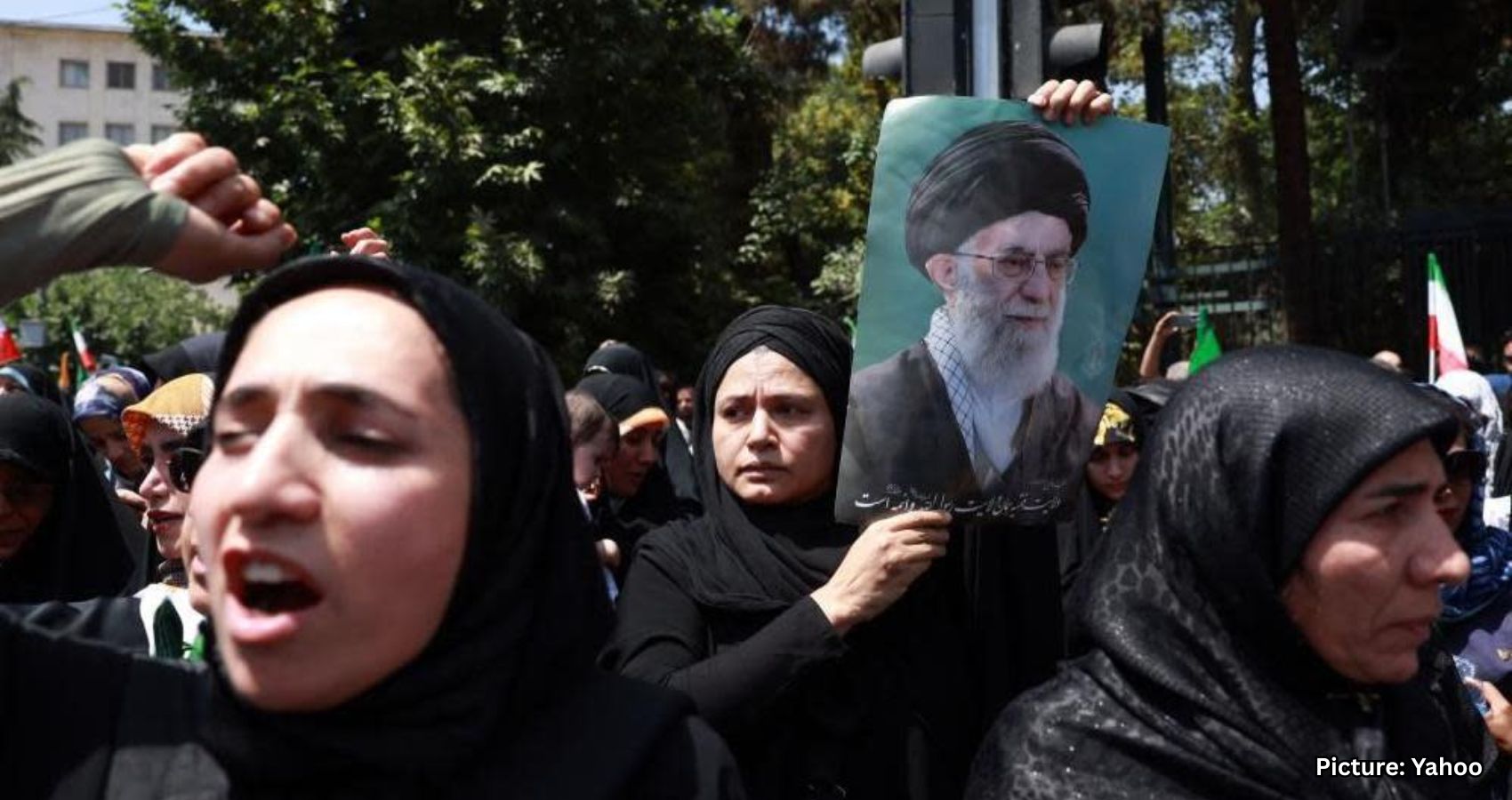
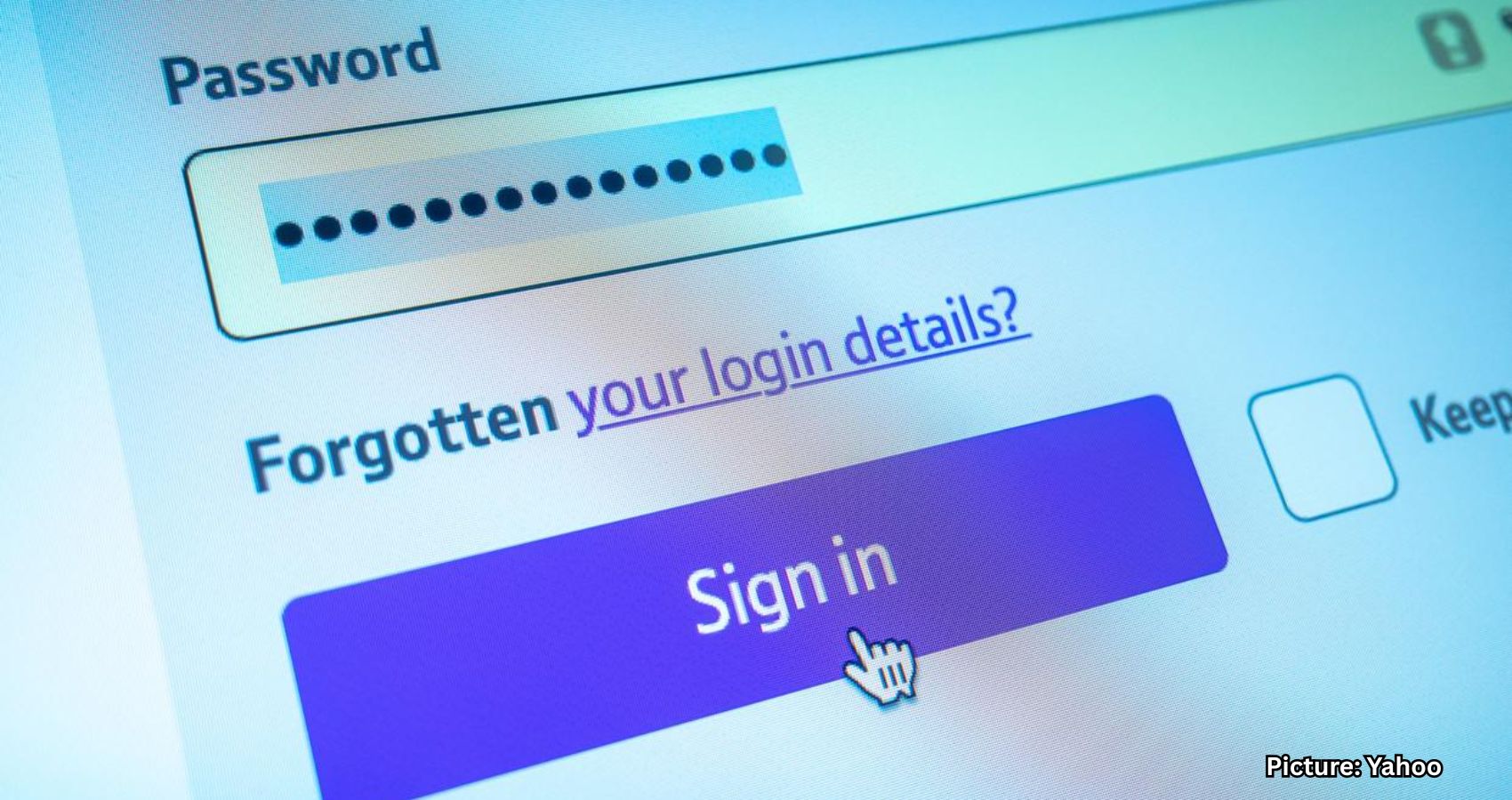


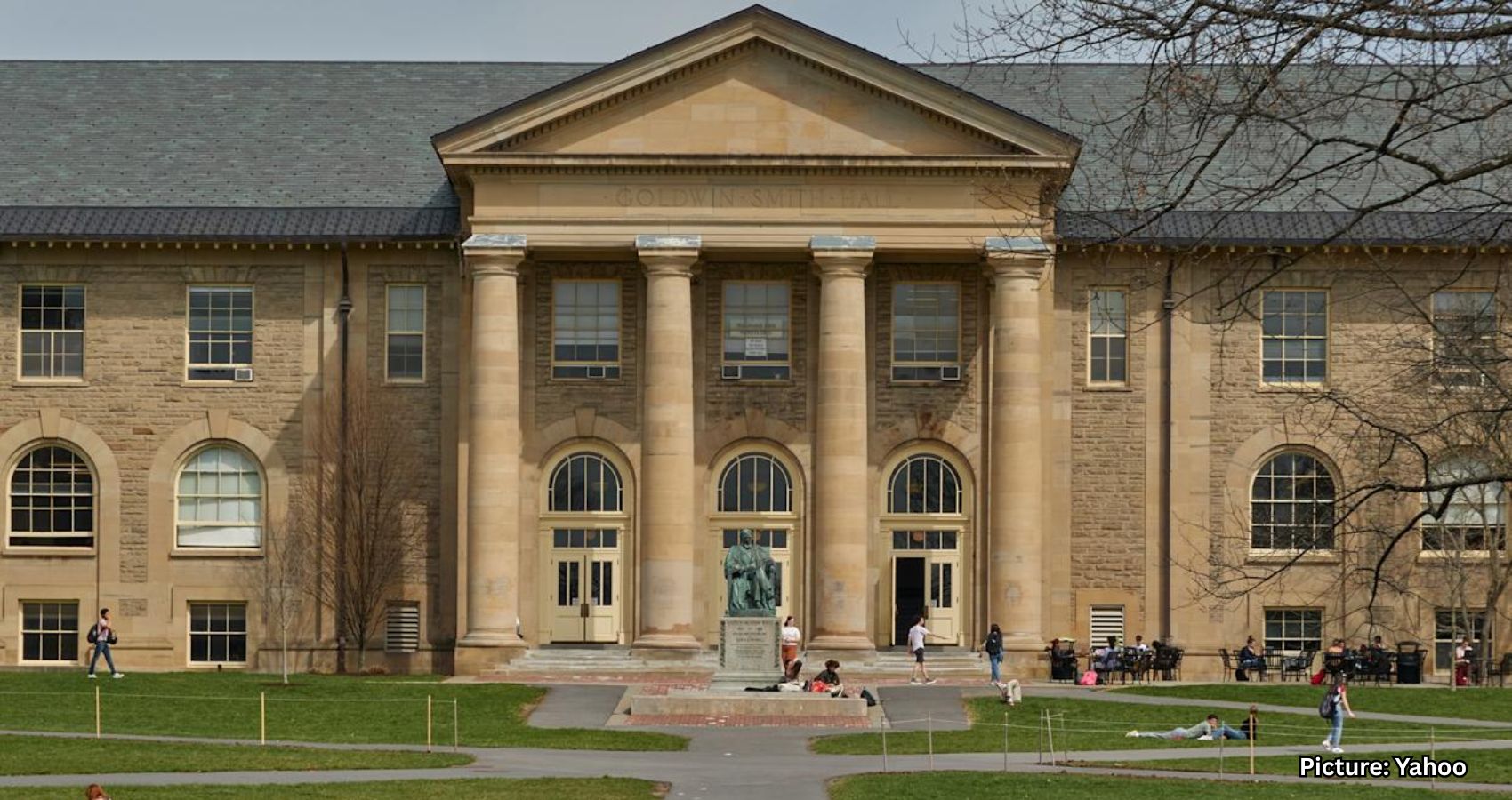
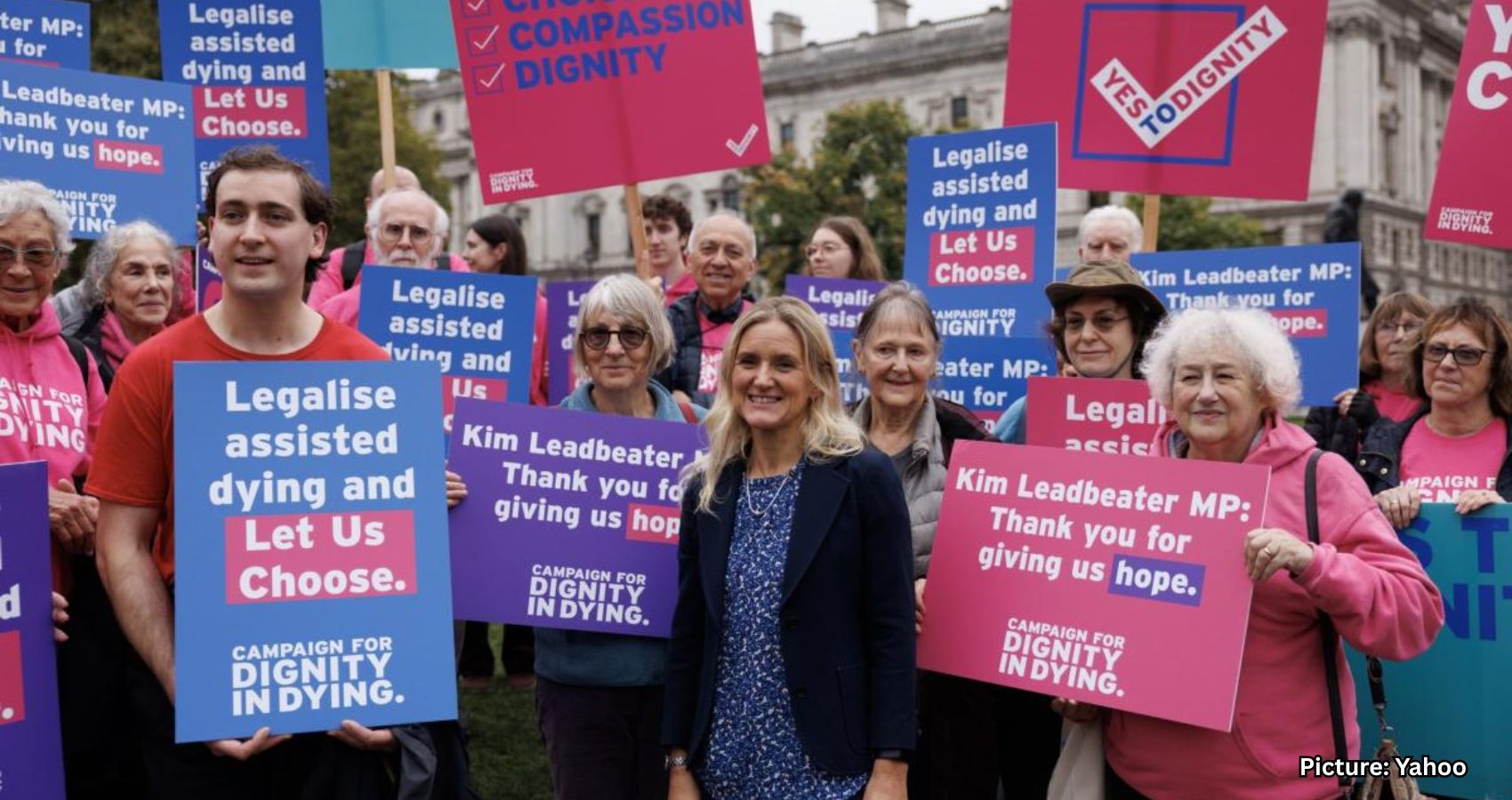
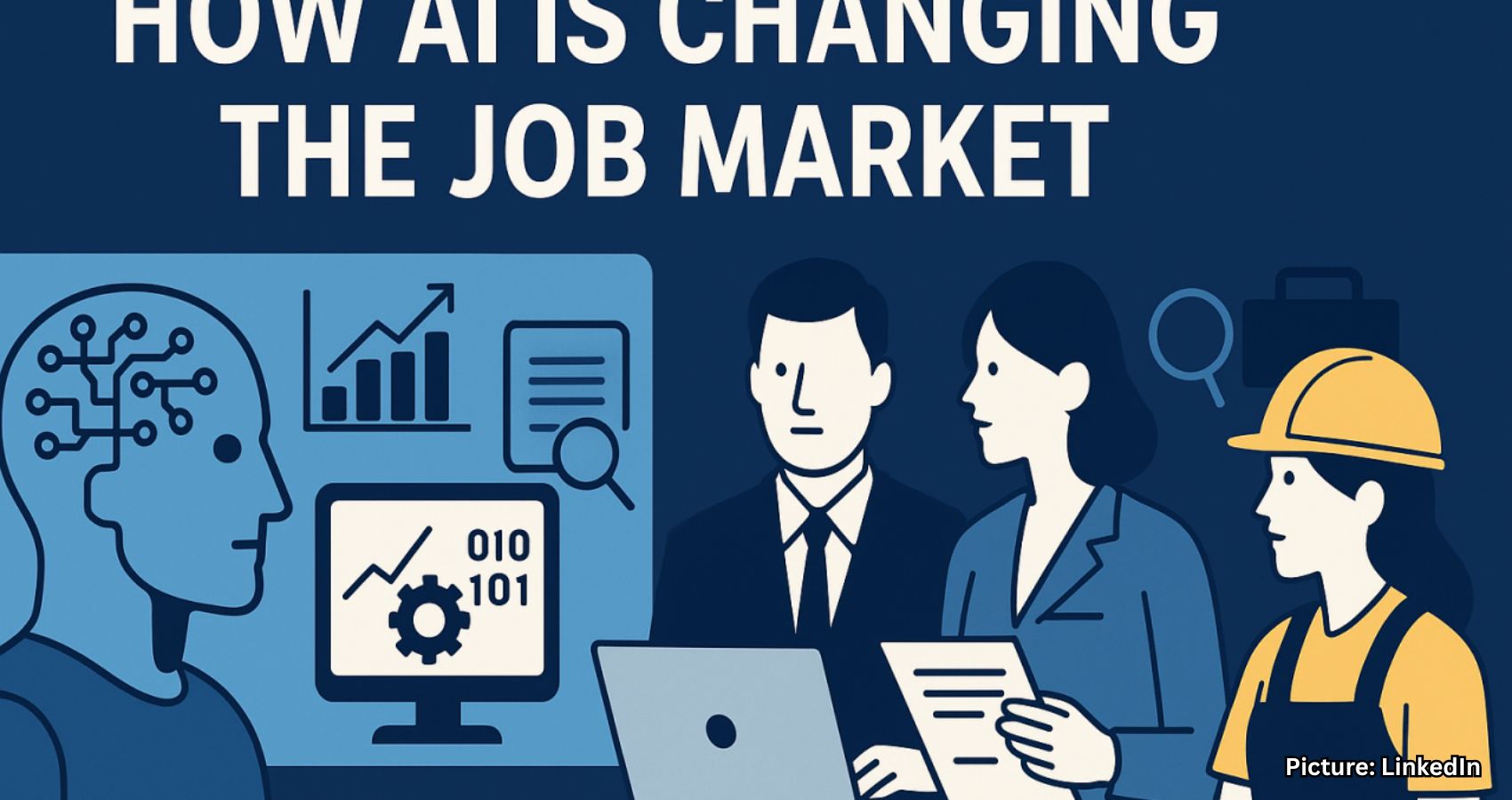
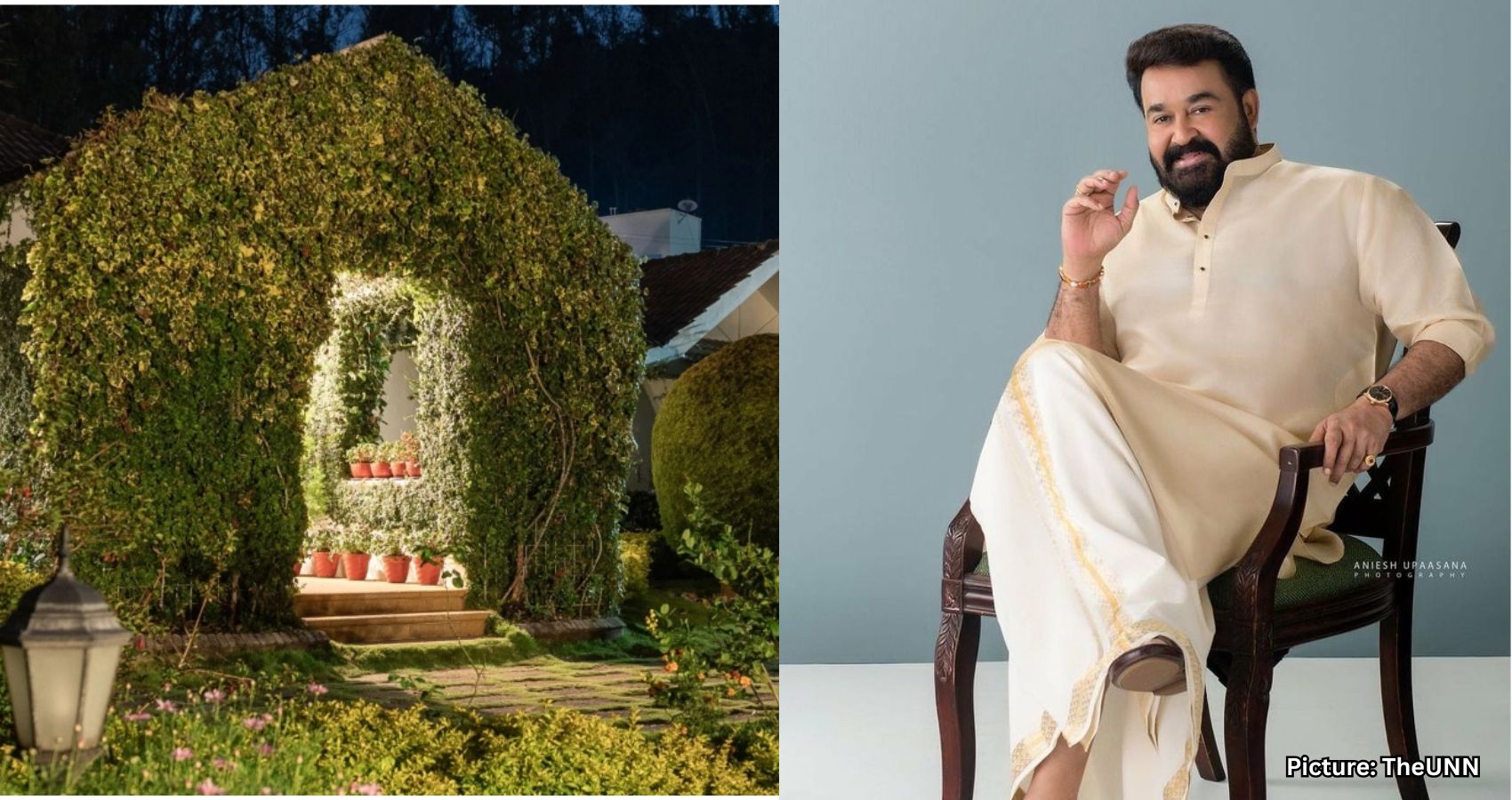





 On a warm evening in Chicago, excitement filled the air at The Matrix Club as music lovers gathered for an unforgettable night of melody and memories. On June 13, 2025, at 7:00 pm, the venue hosted a special event titled “Celebrating Legendary Divas: Mughal-E-Azam’s Anarkali,” presented by Aarush Entertainment, Rudra Creation, and Dhrishti. This performance by the renowned vocalist Priyanka Barve wasn’t merely a concert — it was an emotional tribute to the legendary voices that have shaped Indian music for generations.
On a warm evening in Chicago, excitement filled the air at The Matrix Club as music lovers gathered for an unforgettable night of melody and memories. On June 13, 2025, at 7:00 pm, the venue hosted a special event titled “Celebrating Legendary Divas: Mughal-E-Azam’s Anarkali,” presented by Aarush Entertainment, Rudra Creation, and Dhrishti. This performance by the renowned vocalist Priyanka Barve wasn’t merely a concert — it was an emotional tribute to the legendary voices that have shaped Indian music for generations. cultural heritage and musical expression. It was a full-house event, with attendees of all ages — families, friends, and music connoisseurs — coming together to immerse themselves in the musical legacy of India. The evening became a shared experience of nostalgia, reverence, and joy, leaving a lasting impression on everyone present.
cultural heritage and musical expression. It was a full-house event, with attendees of all ages — families, friends, and music connoisseurs — coming together to immerse themselves in the musical legacy of India. The evening became a shared experience of nostalgia, reverence, and joy, leaving a lasting impression on everyone present. with a contemporary touch has elevated her career, but it is her portrayal of Anarkali in the stage adaptation of Mughal-E-Azam that has set her apart as a multi-dimensional artist capable of merging voice, emotion, and stage presence seamlessly.
with a contemporary touch has elevated her career, but it is her portrayal of Anarkali in the stage adaptation of Mughal-E-Azam that has set her apart as a multi-dimensional artist capable of merging voice, emotion, and stage presence seamlessly. evergreen or lifting spirits with an energetic number, her voice brought each song’s story to life.
evergreen or lifting spirits with an energetic number, her voice brought each song’s story to life. Priyanka also spoke fondly of her personal connection with Chicago. “I was 21 when I first performed here. The love from this diverse audience — people from Karnataka, Maharashtra, and beyond — was overwhelming. Coming back feels like coming home,” she said, expressing her appreciation for the warmth and support of the city’s multicultural community.
Priyanka also spoke fondly of her personal connection with Chicago. “I was 21 when I first performed here. The love from this diverse audience — people from Karnataka, Maharashtra, and beyond — was overwhelming. Coming back feels like coming home,” she said, expressing her appreciation for the warmth and support of the city’s multicultural community. expressed their deep gratitude to everyone who attended, as well as to the sponsors and fellow organizers who contributed to making the evening a grand success. Their collaborative effort with Rajkumari Rathod of Rudra Creations and Dhrishti demonstrated a shared passion for promoting rich cultural experiences. “This night was not just about the music; it was about honoring our rich culture and the unity we find in it. We’re proud to bring Priyanka Barve to Chicago — a true musical gem,” said the team, underlining the emotional and cultural significance of the occasion.
expressed their deep gratitude to everyone who attended, as well as to the sponsors and fellow organizers who contributed to making the evening a grand success. Their collaborative effort with Rajkumari Rathod of Rudra Creations and Dhrishti demonstrated a shared passion for promoting rich cultural experiences. “This night was not just about the music; it was about honoring our rich culture and the unity we find in it. We’re proud to bring Priyanka Barve to Chicago — a true musical gem,” said the team, underlining the emotional and cultural significance of the occasion.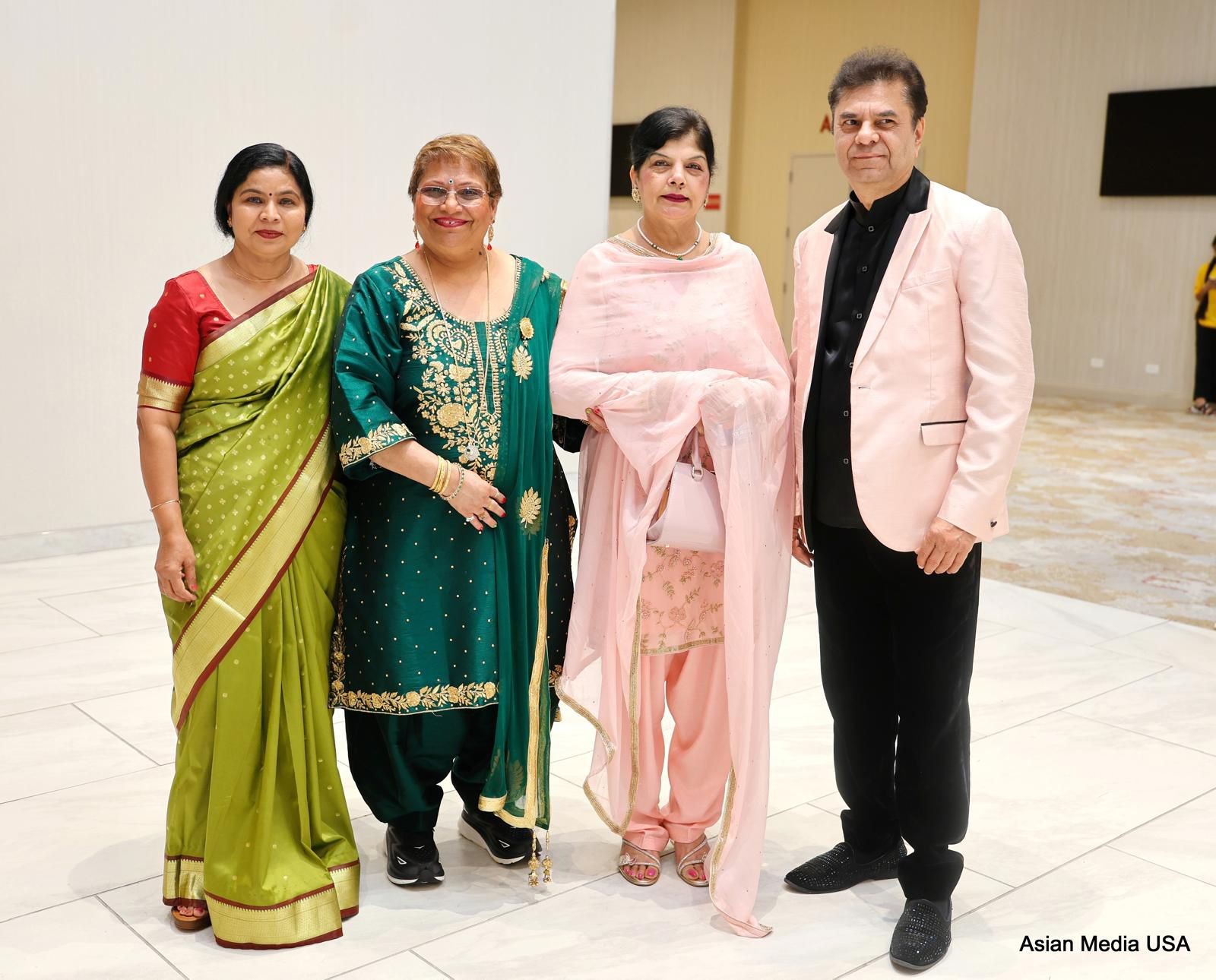 Suresh Bodiwala, Chairman of Asian Media USA, echoed the importance of the concert in highlighting the role of cultural unity through the arts. “We are proud to support Priyanka Barve’s extraordinary concert, a celebration of musical excellence and cultural unity. This event underscores our commitment to promoting diverse artistic talent and fostering community engagement through the universal language of music,” he said. Recognizing the power of music to transcend boundaries, he praised the concert for honoring the timeless voices that continue to inspire. “She brought vocal magic to Chicago, paying homage to the legendary divas — Lata Mangeshkar, Asha Bhosle, Shreya Ghoshal — whose voices have defined generations,” he added.
Suresh Bodiwala, Chairman of Asian Media USA, echoed the importance of the concert in highlighting the role of cultural unity through the arts. “We are proud to support Priyanka Barve’s extraordinary concert, a celebration of musical excellence and cultural unity. This event underscores our commitment to promoting diverse artistic talent and fostering community engagement through the universal language of music,” he said. Recognizing the power of music to transcend boundaries, he praised the concert for honoring the timeless voices that continue to inspire. “She brought vocal magic to Chicago, paying homage to the legendary divas — Lata Mangeshkar, Asha Bhosle, Shreya Ghoshal — whose voices have defined generations,” he added.
